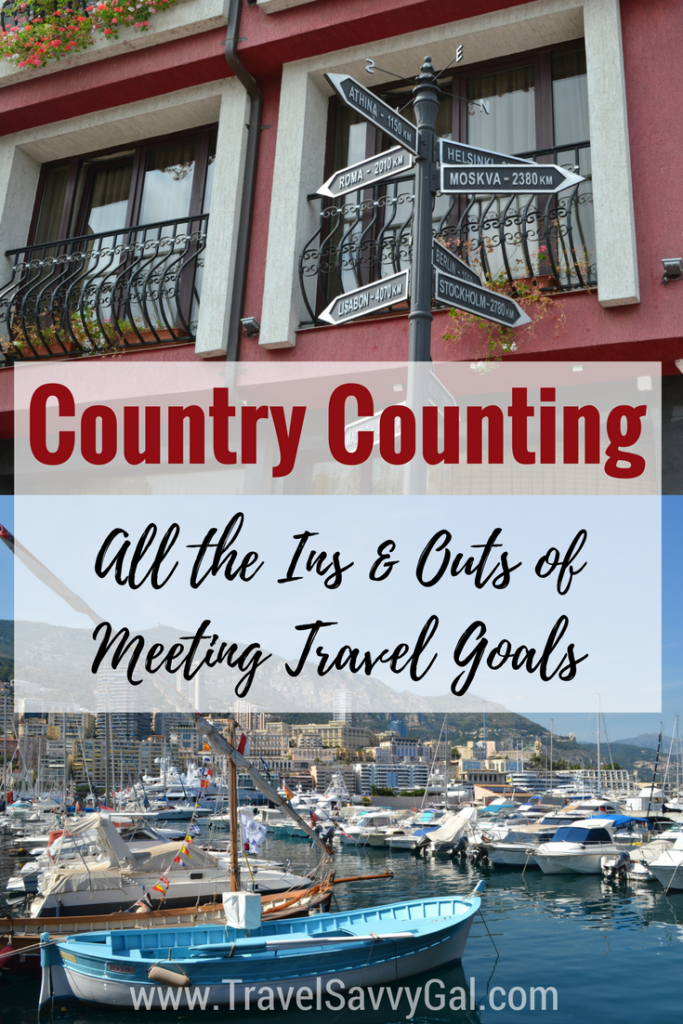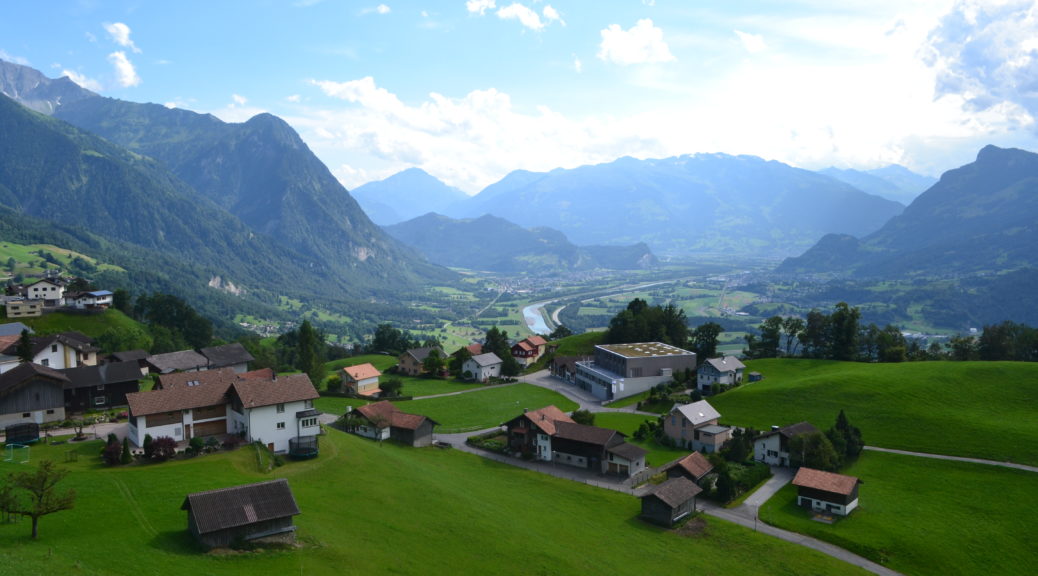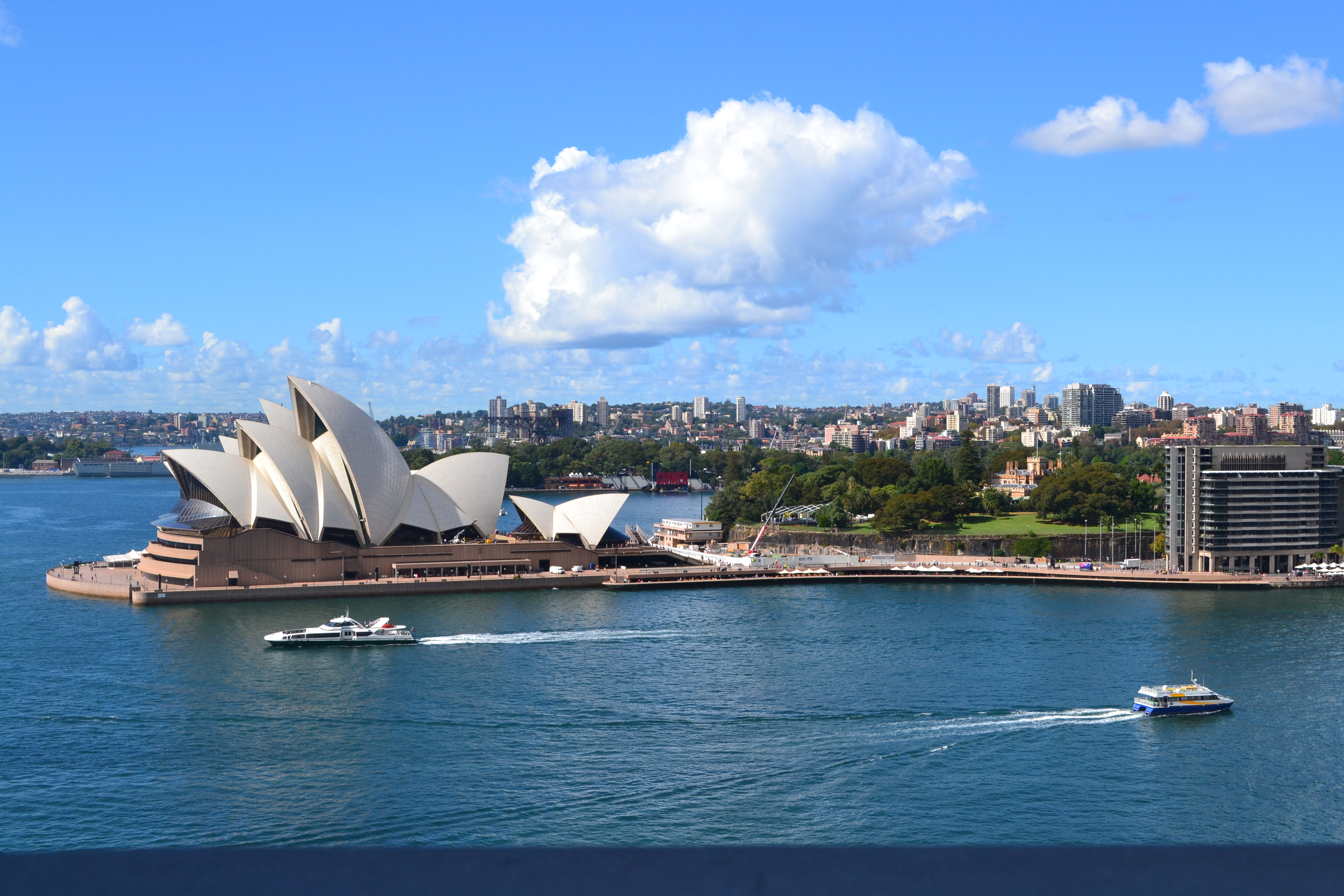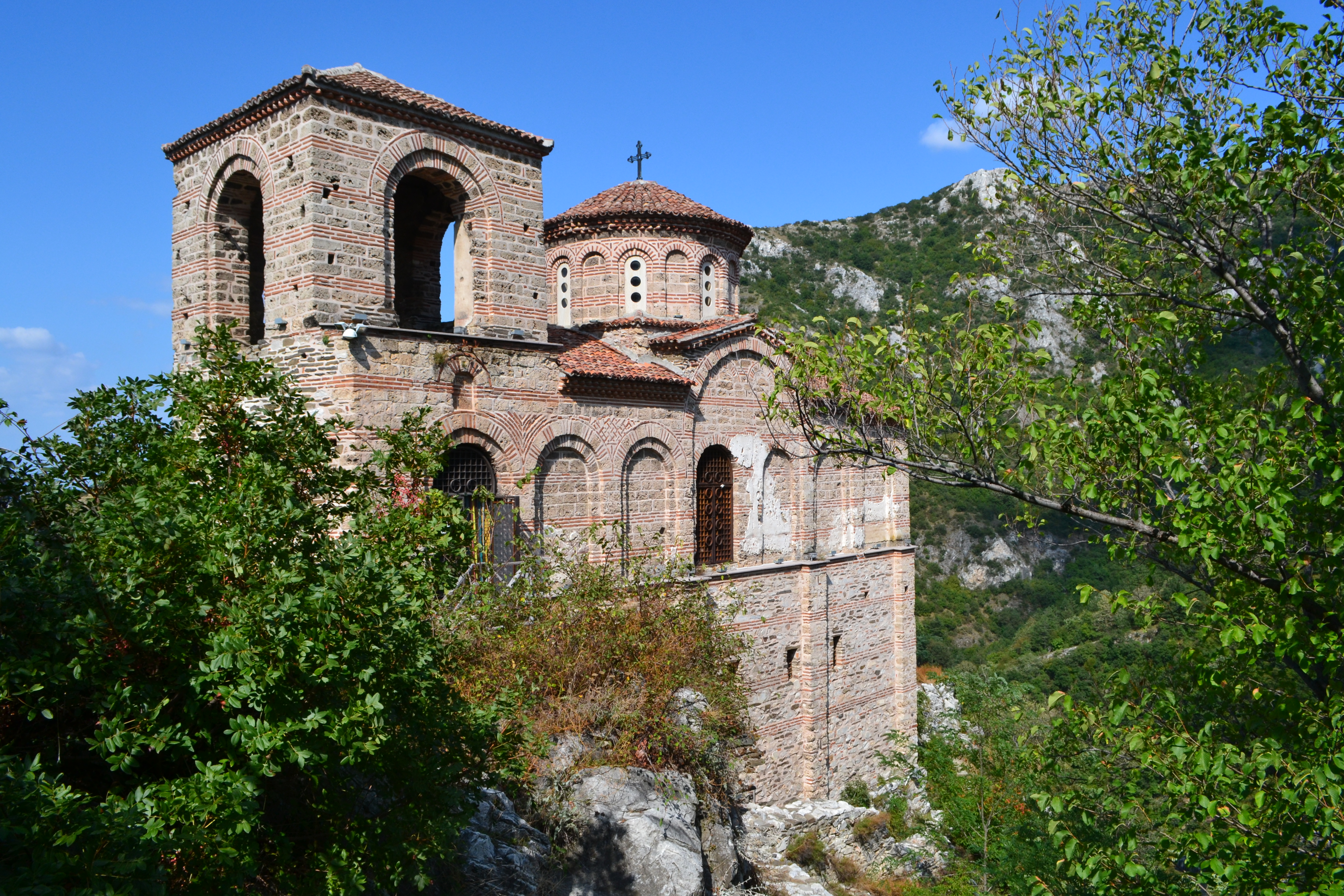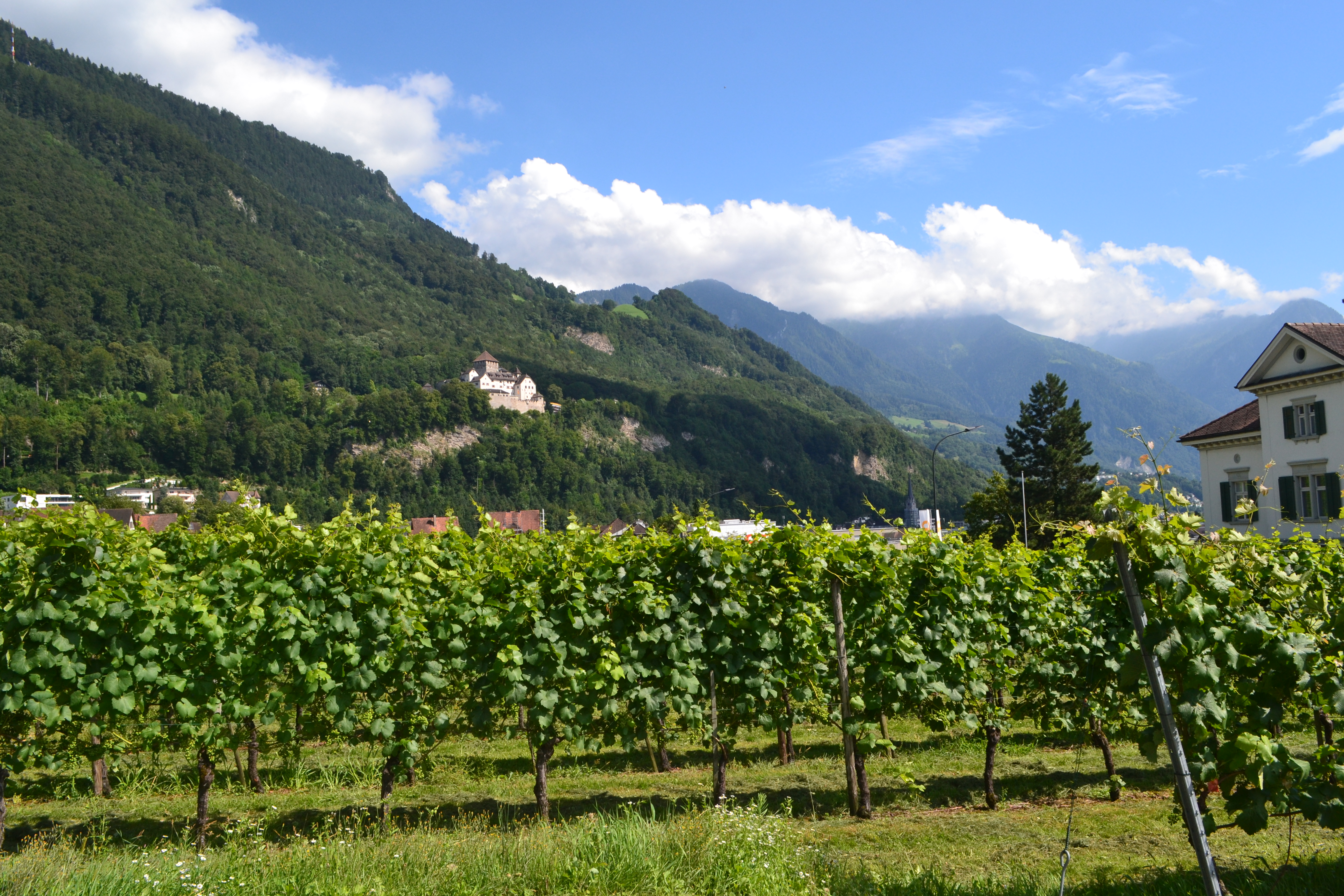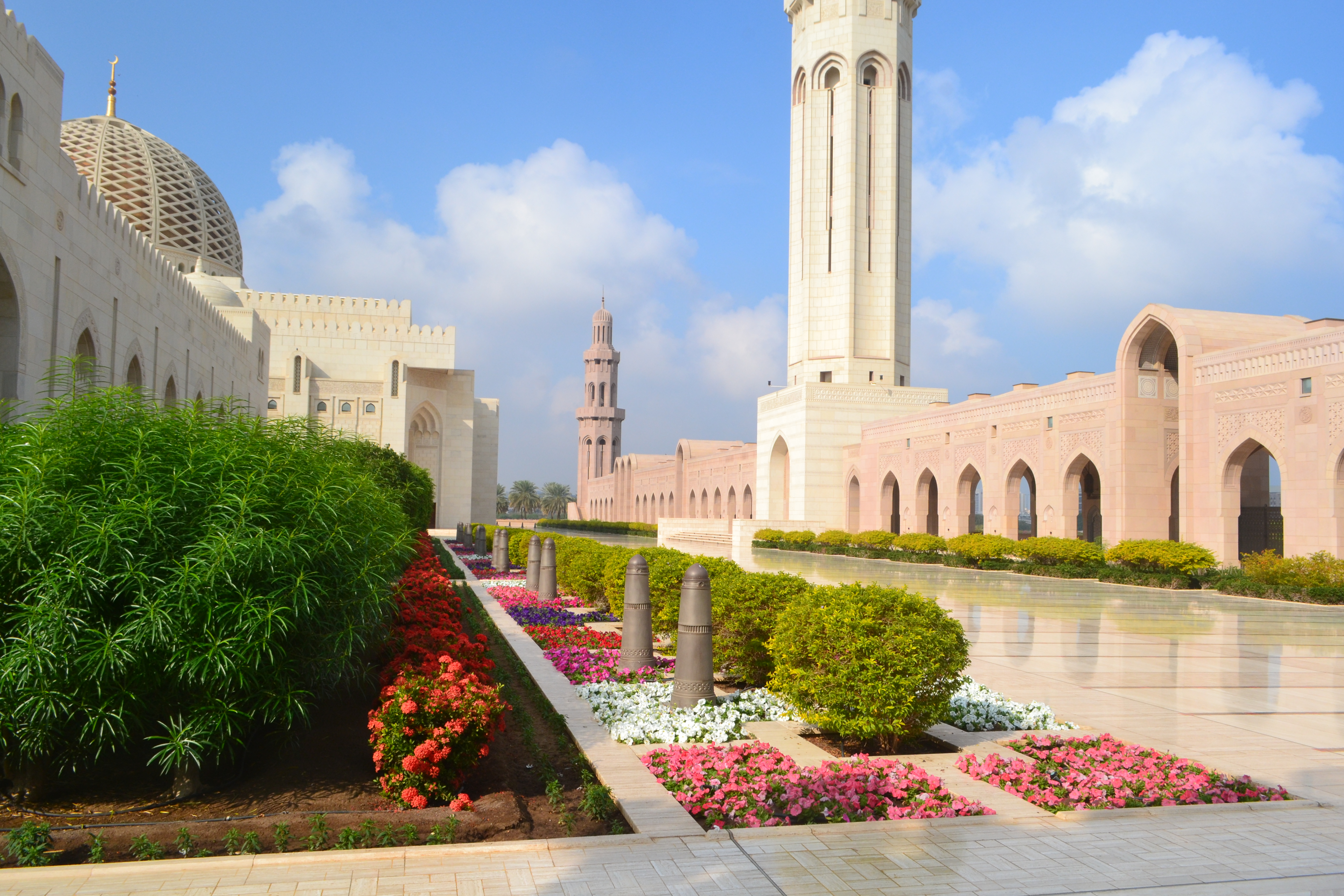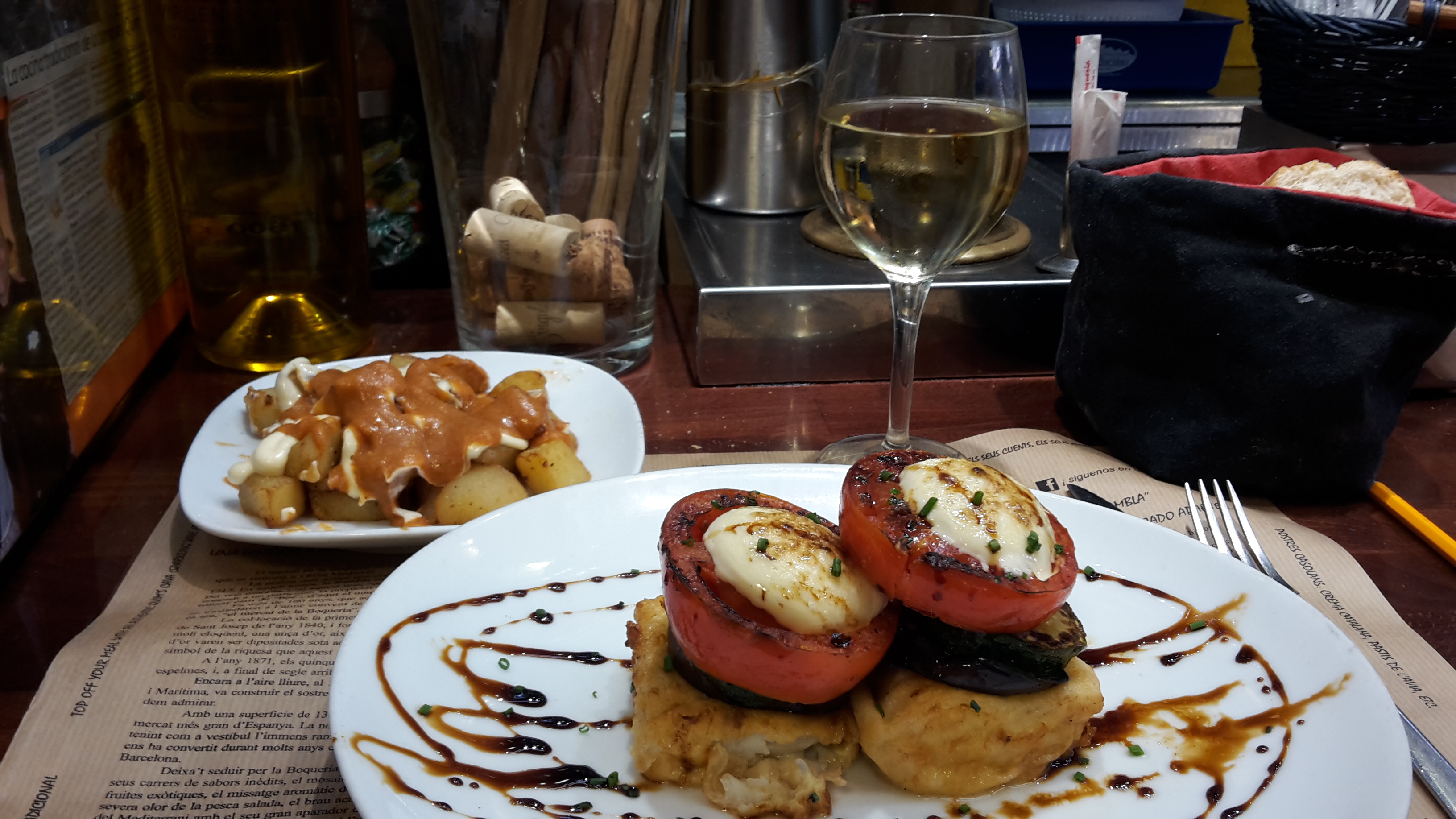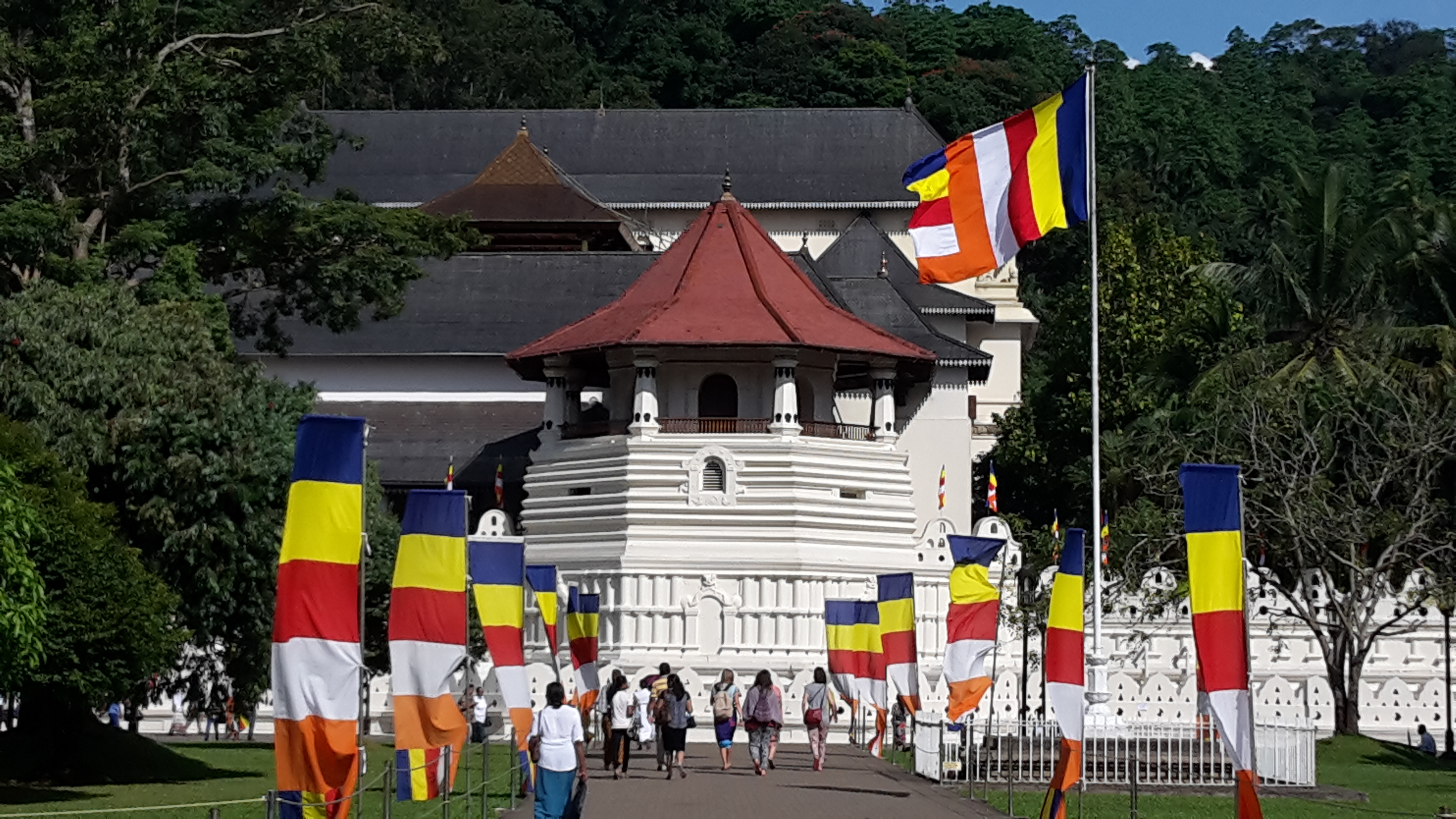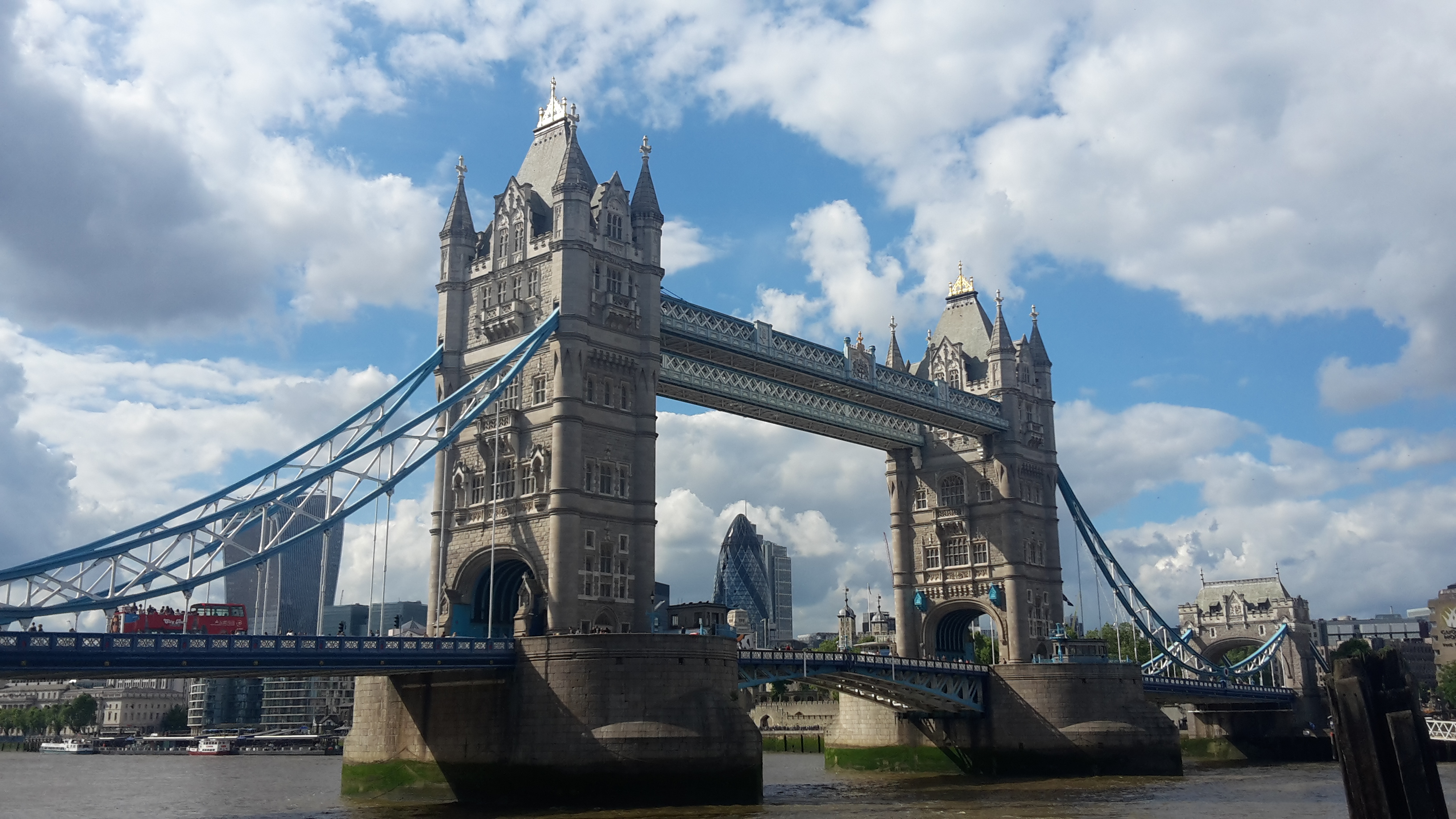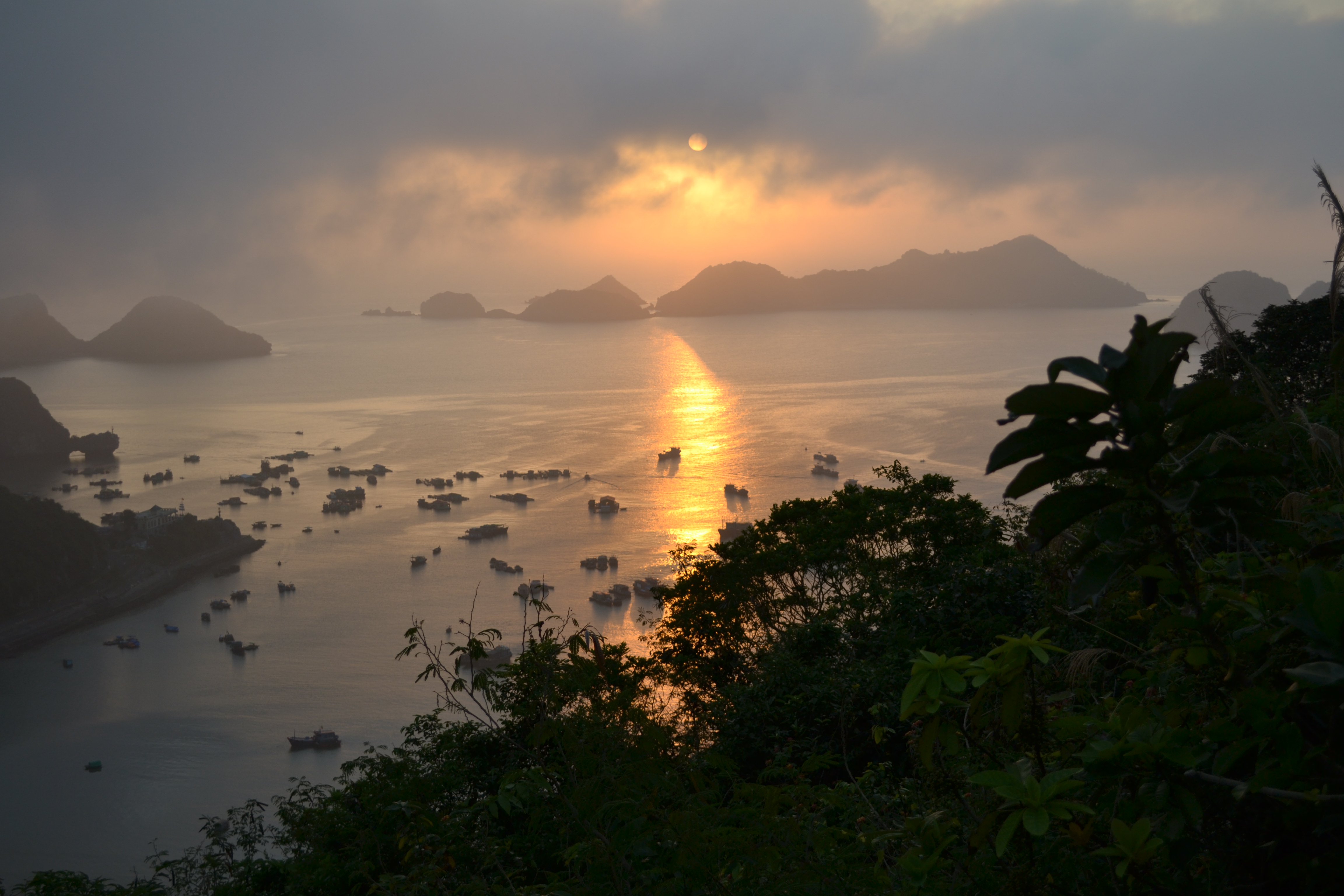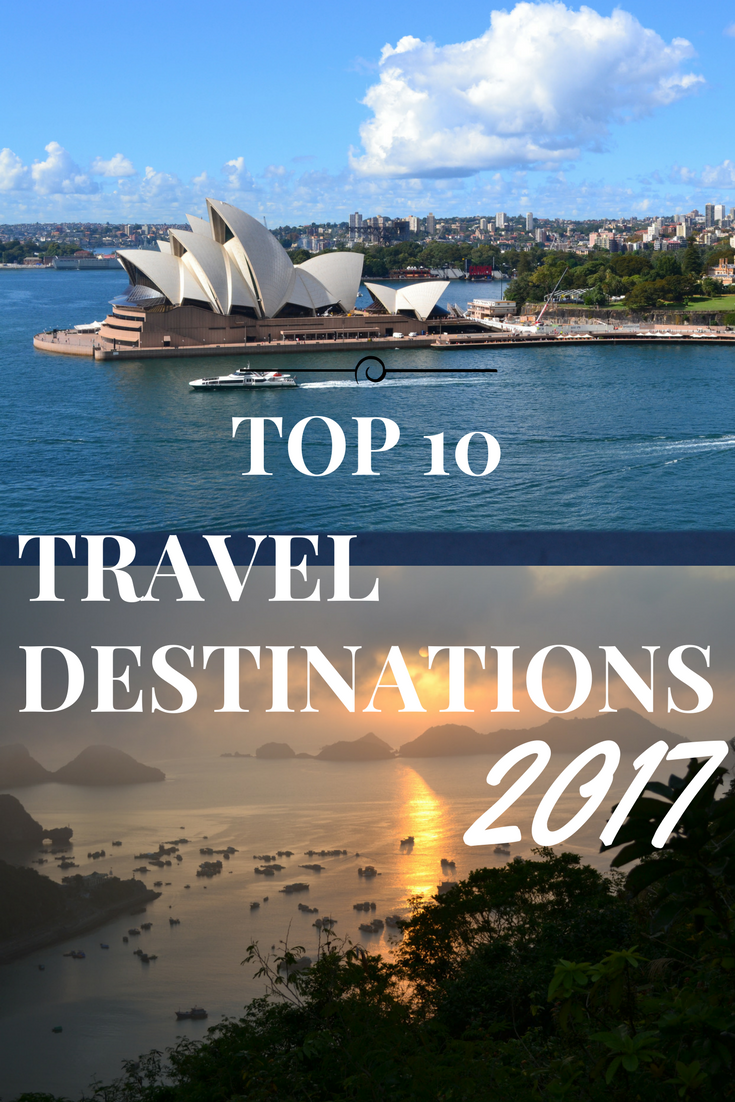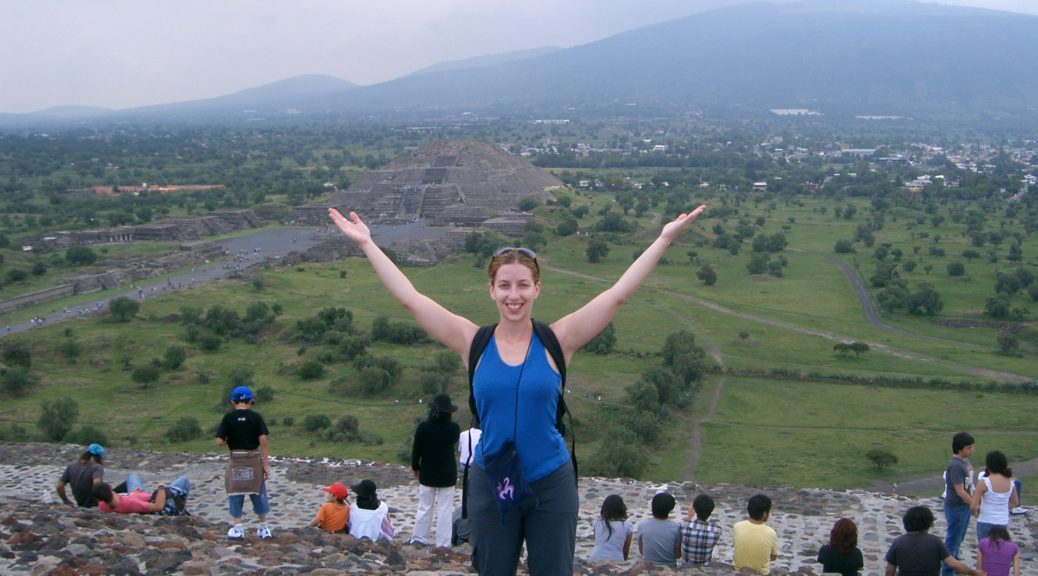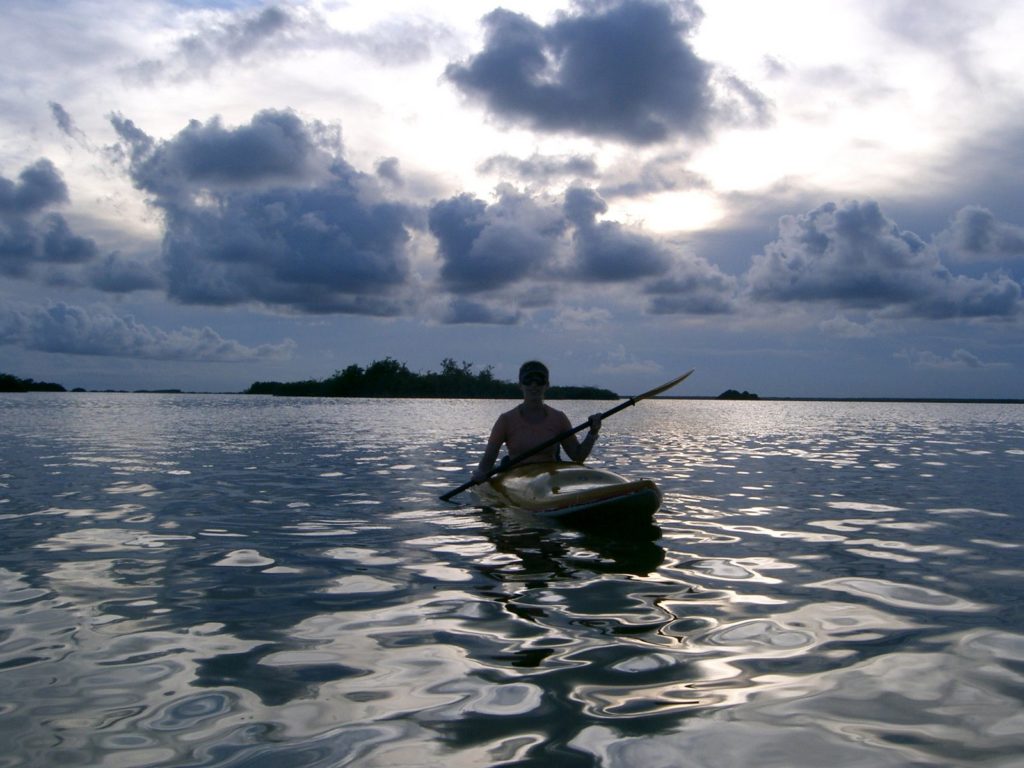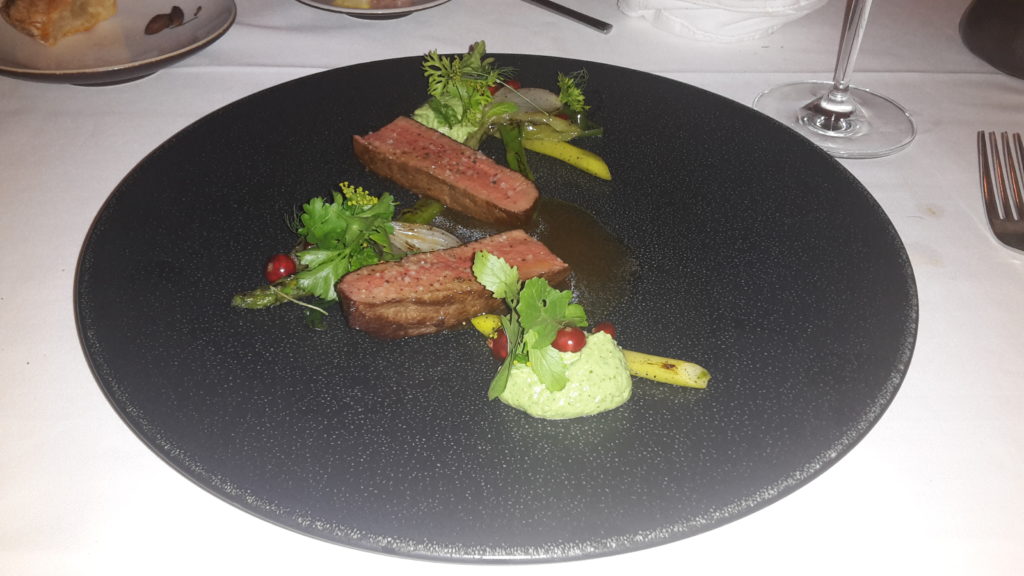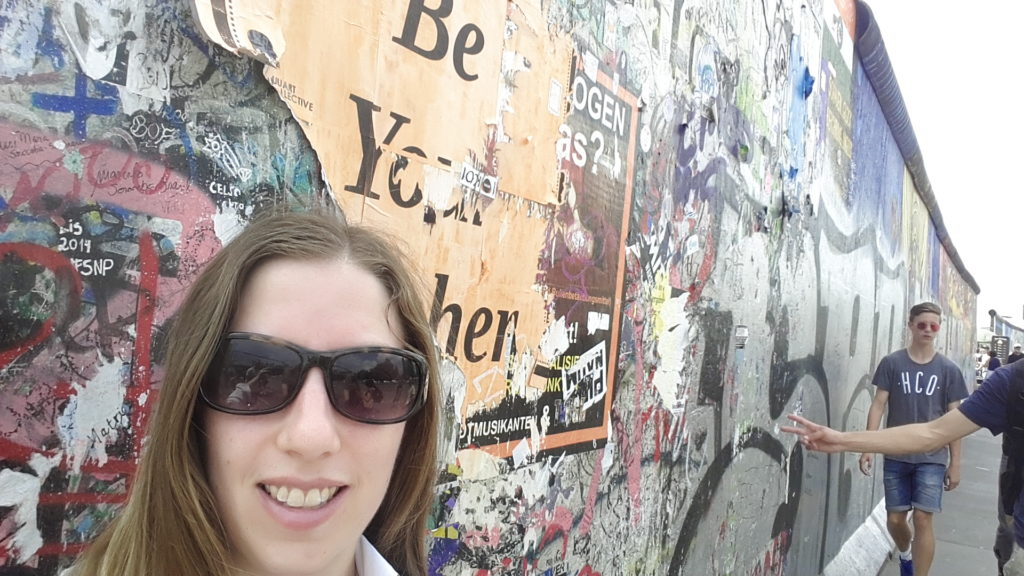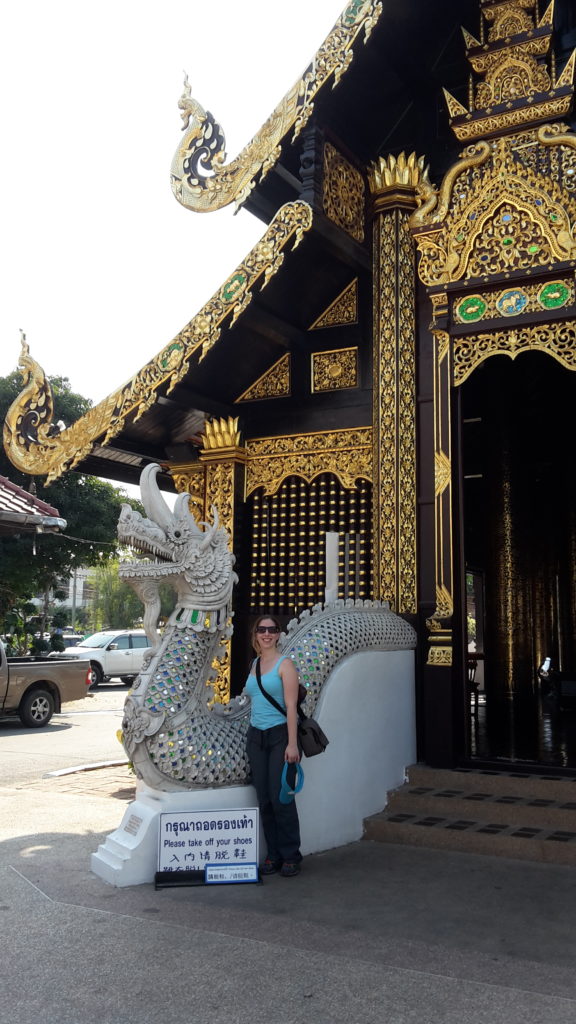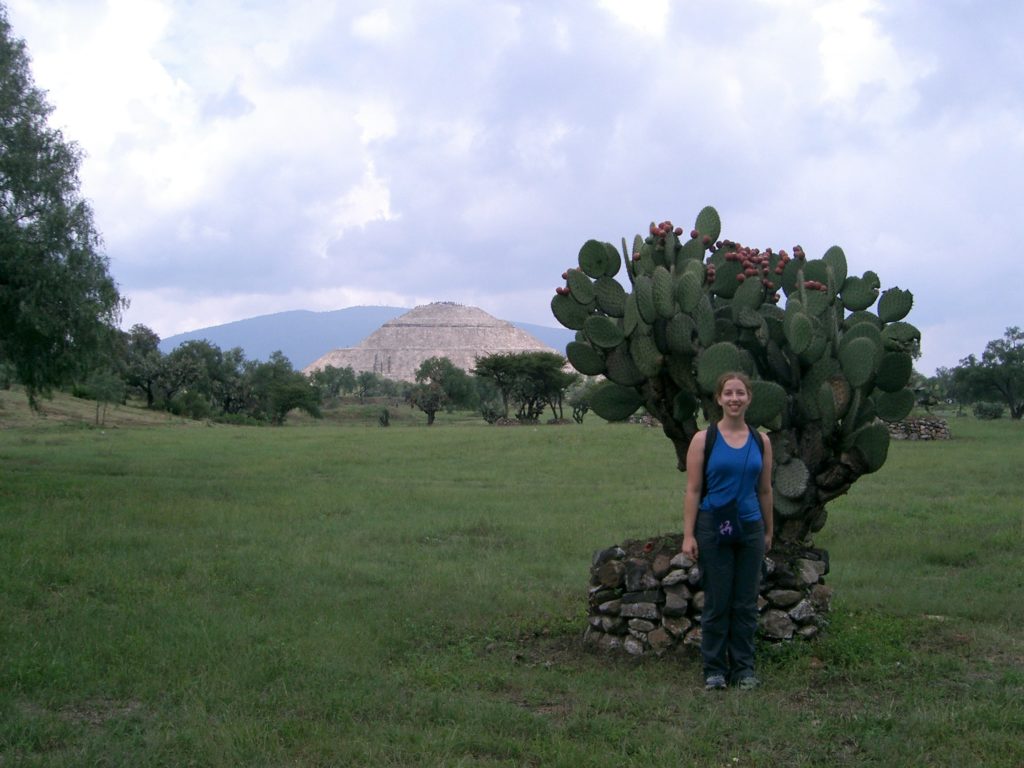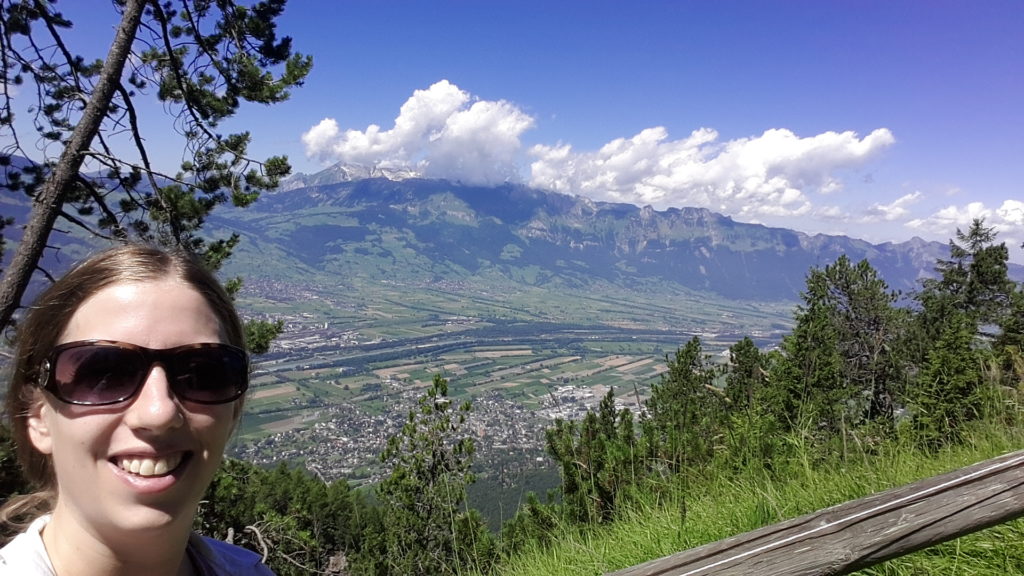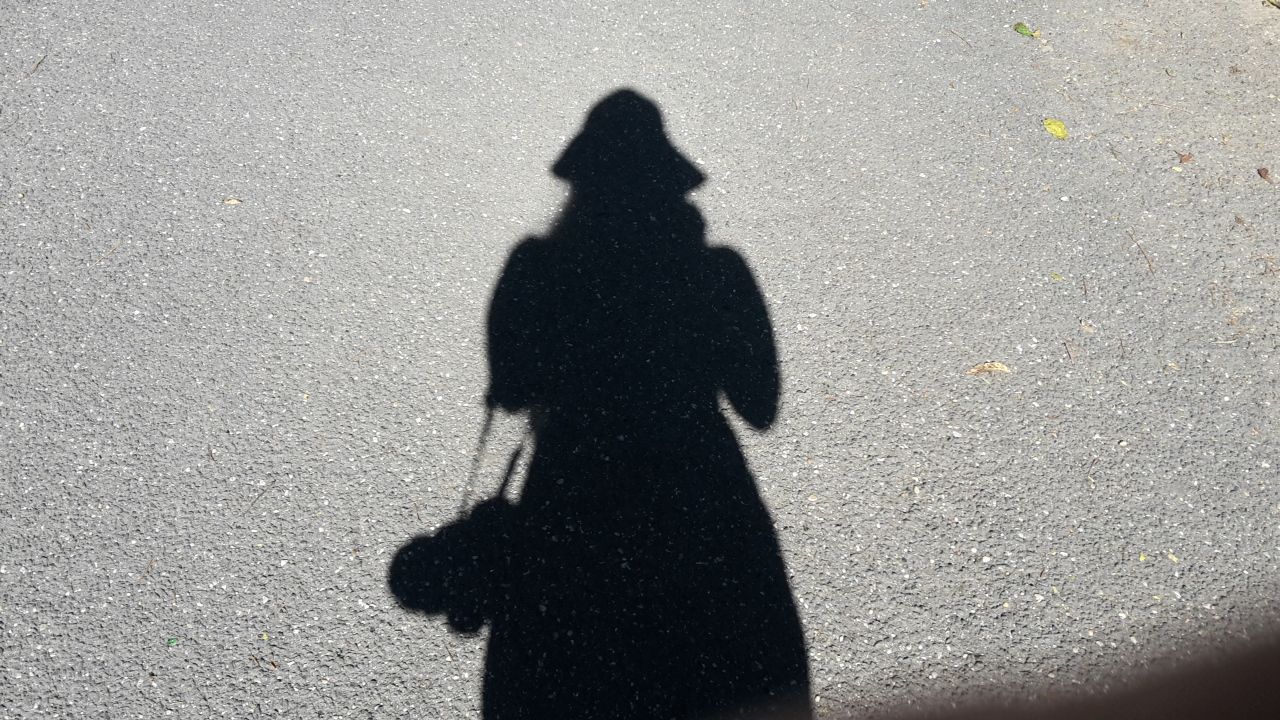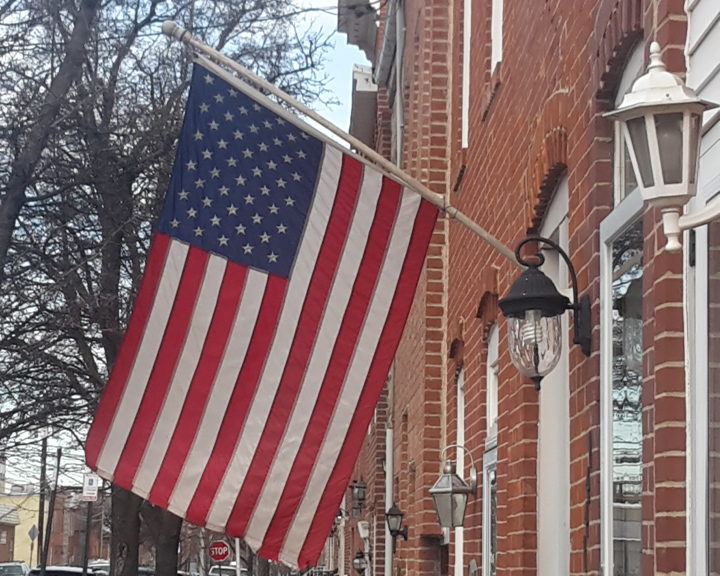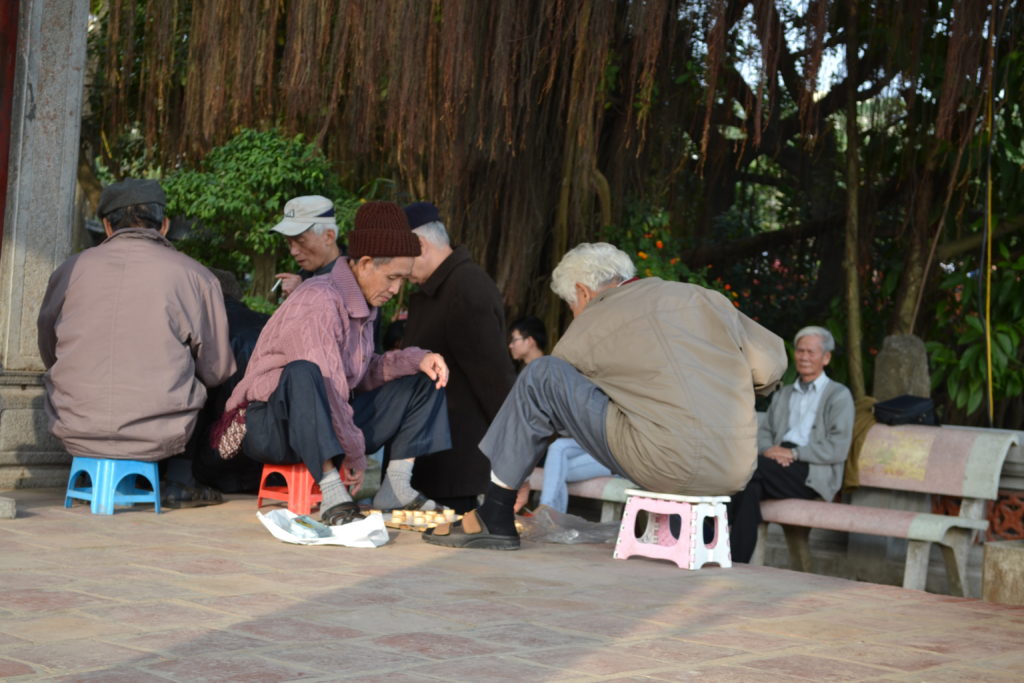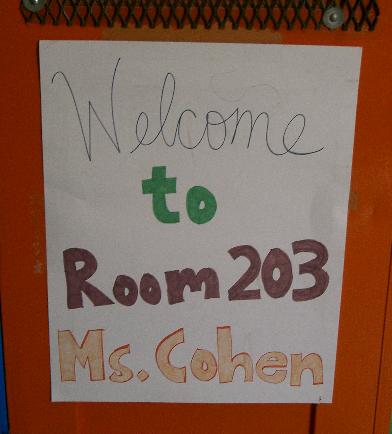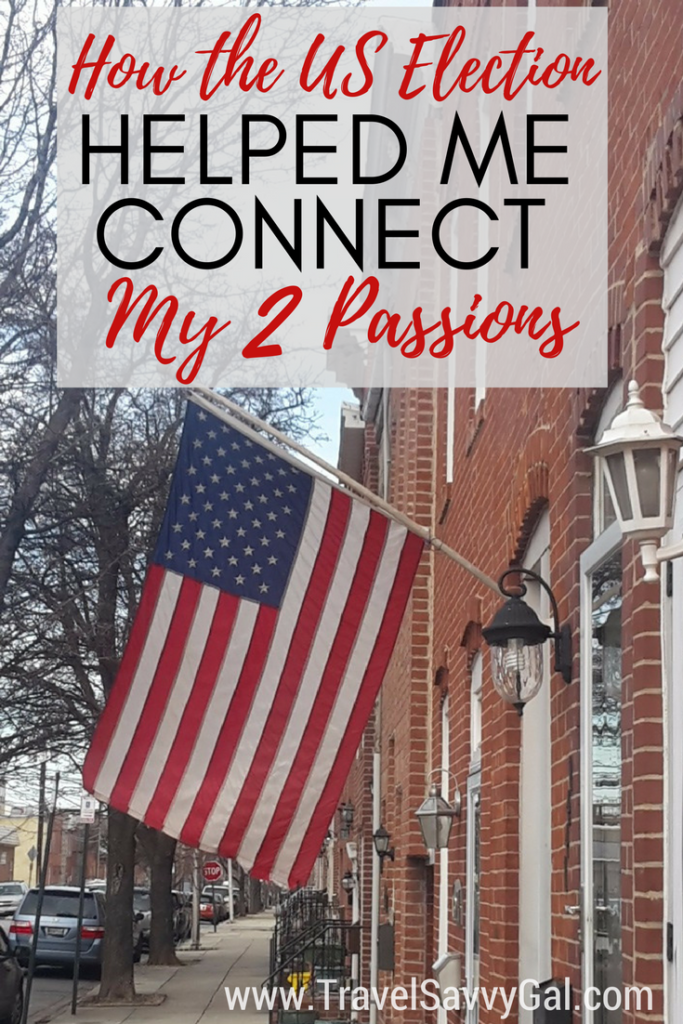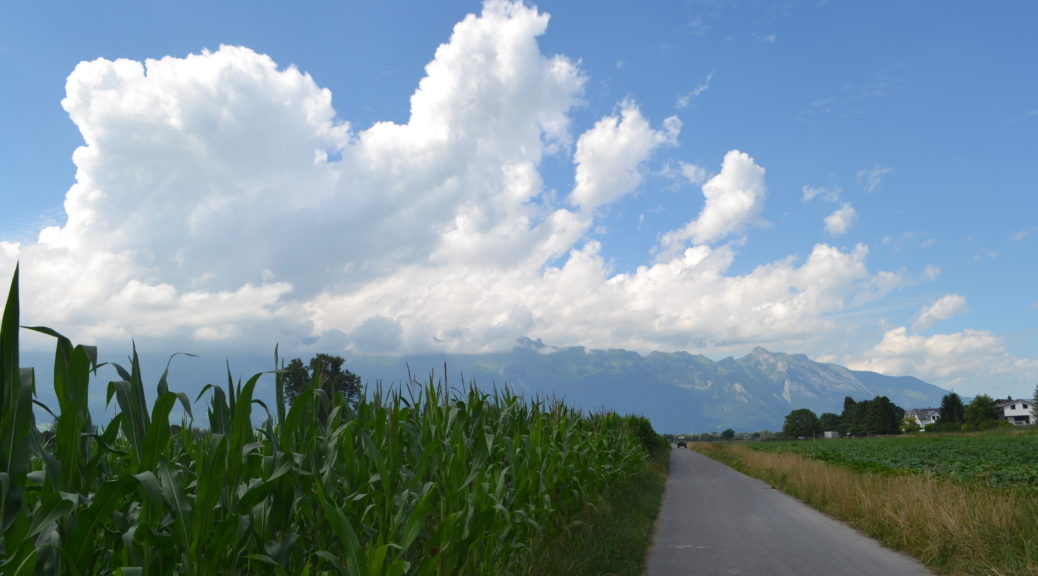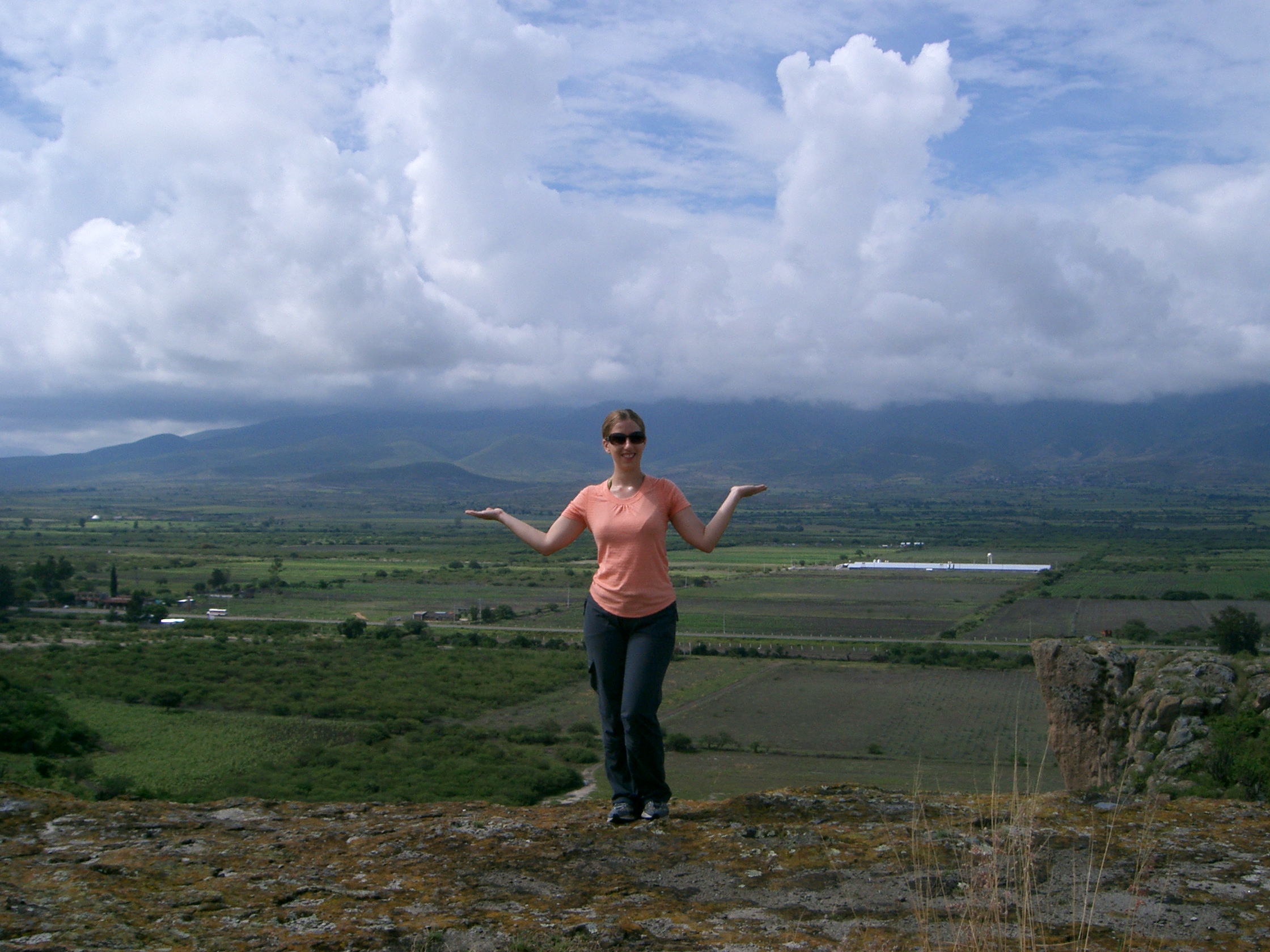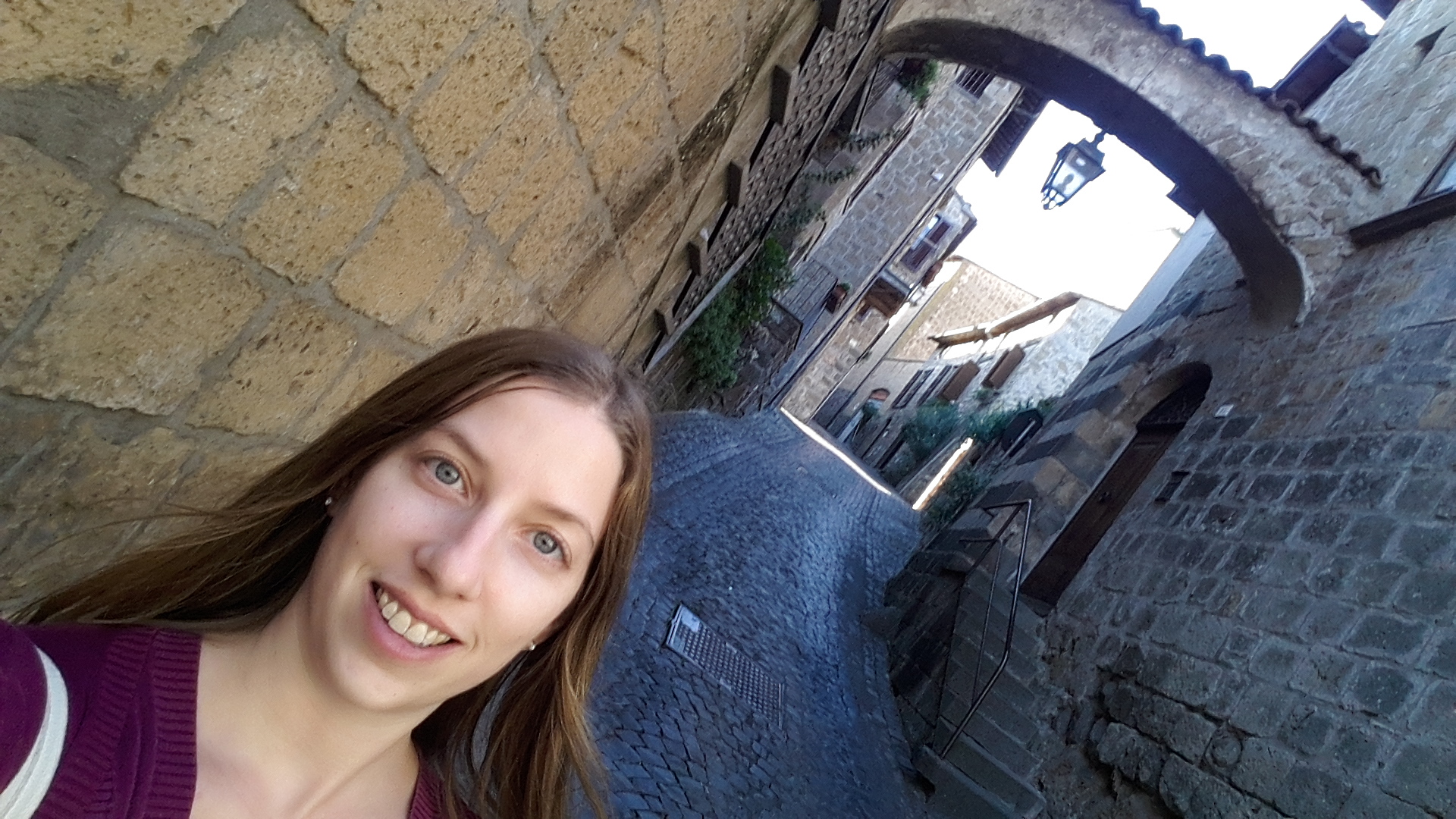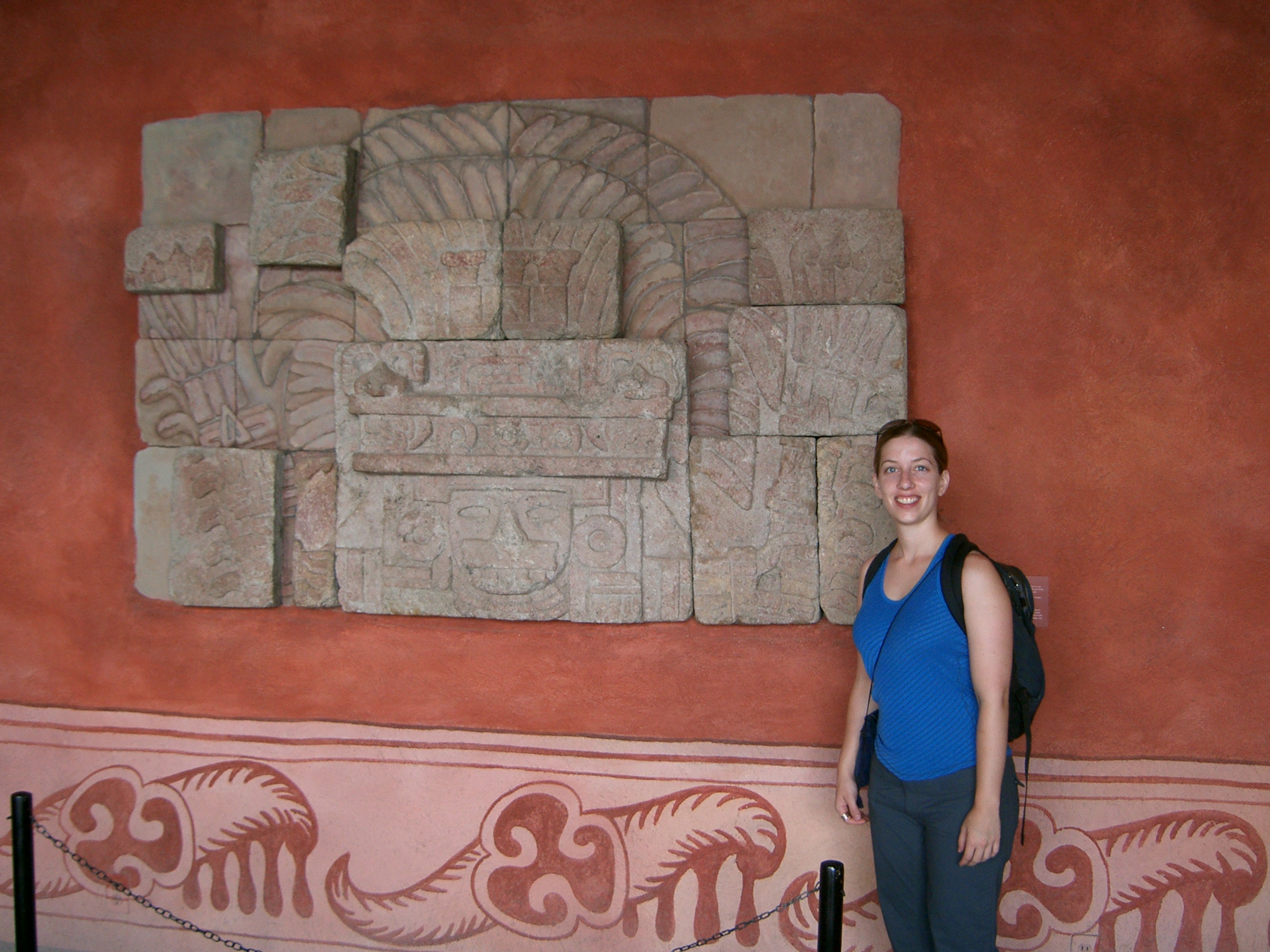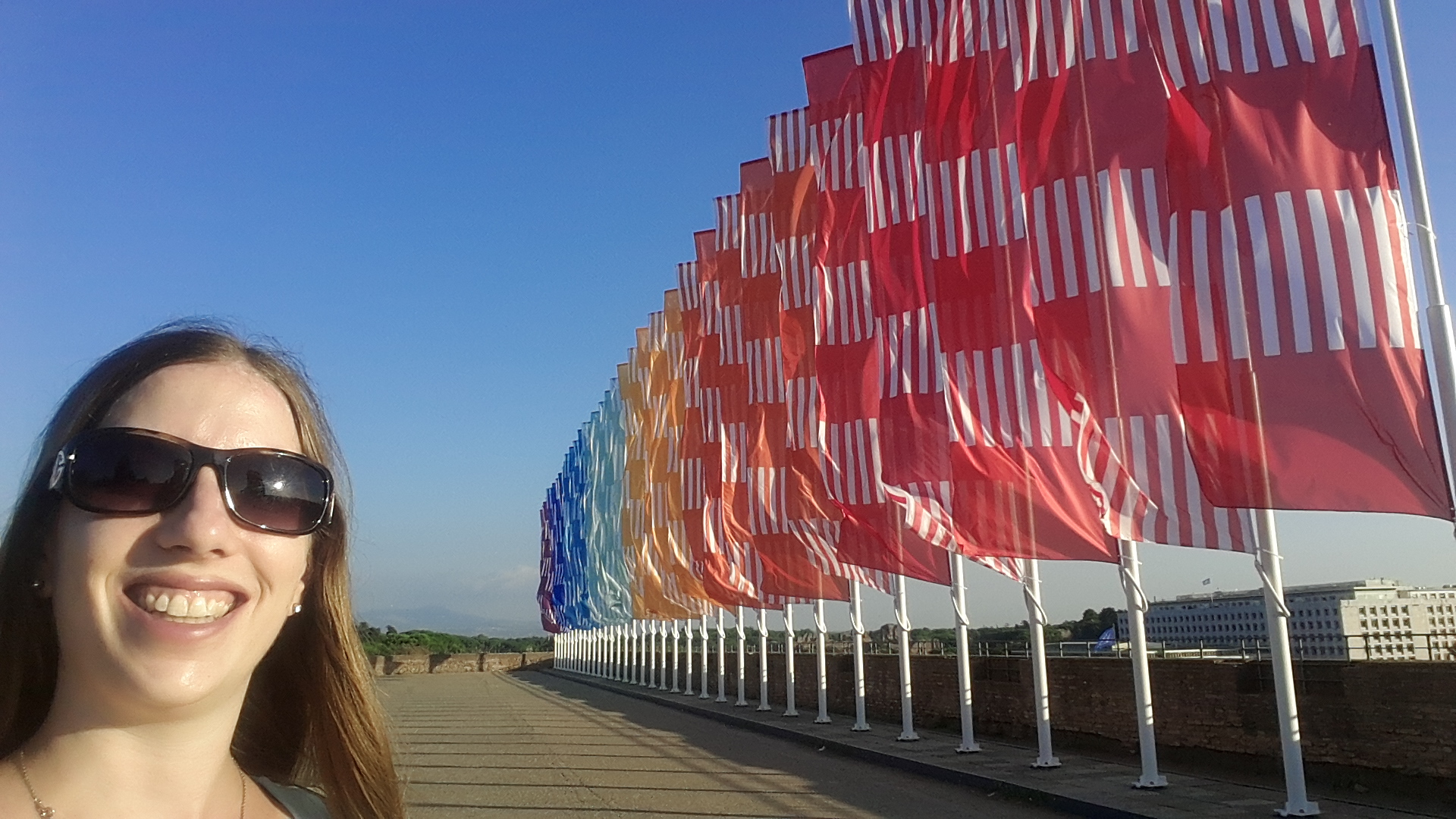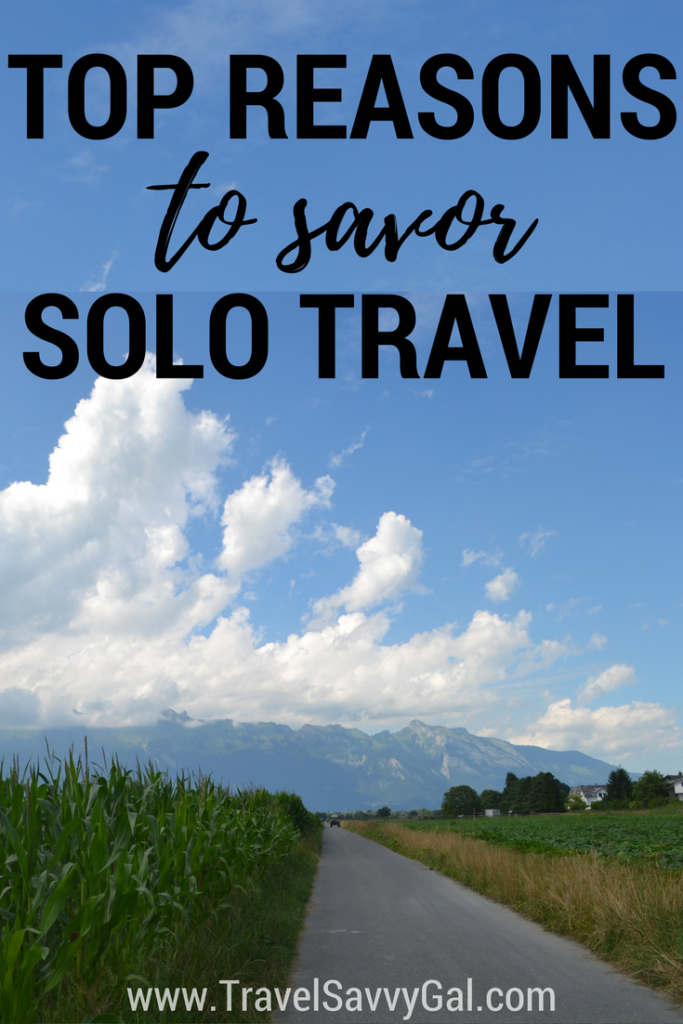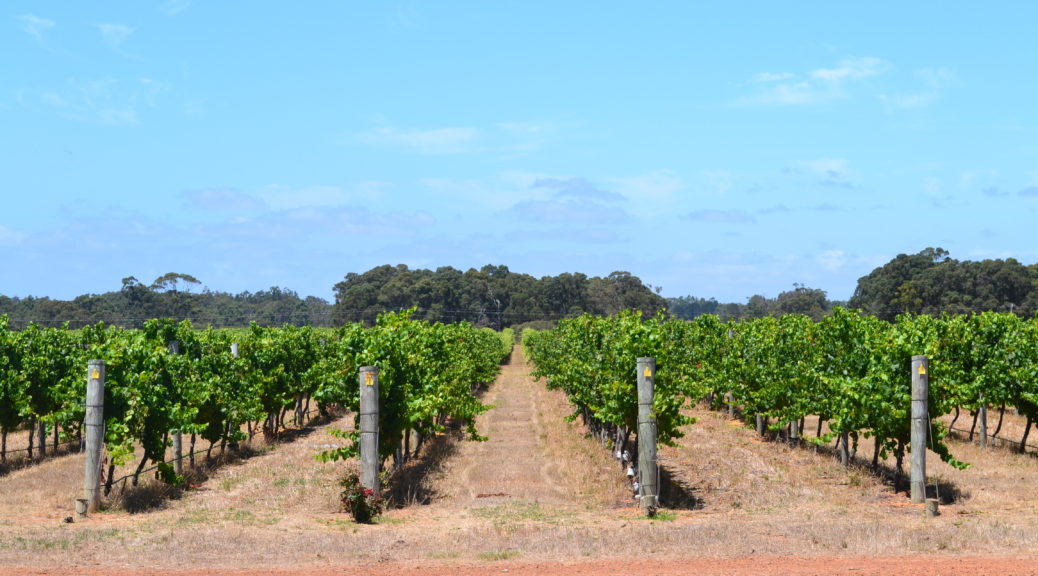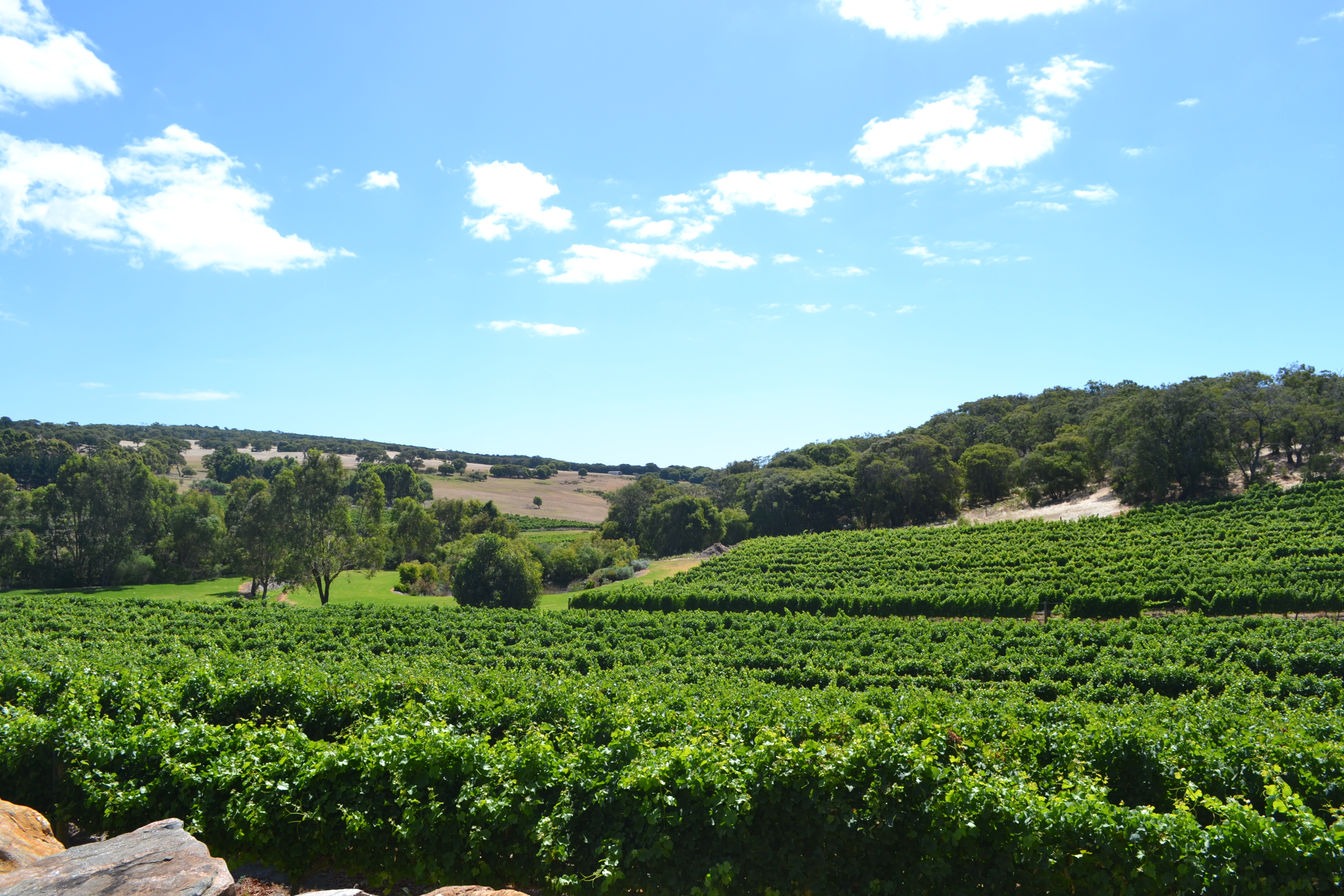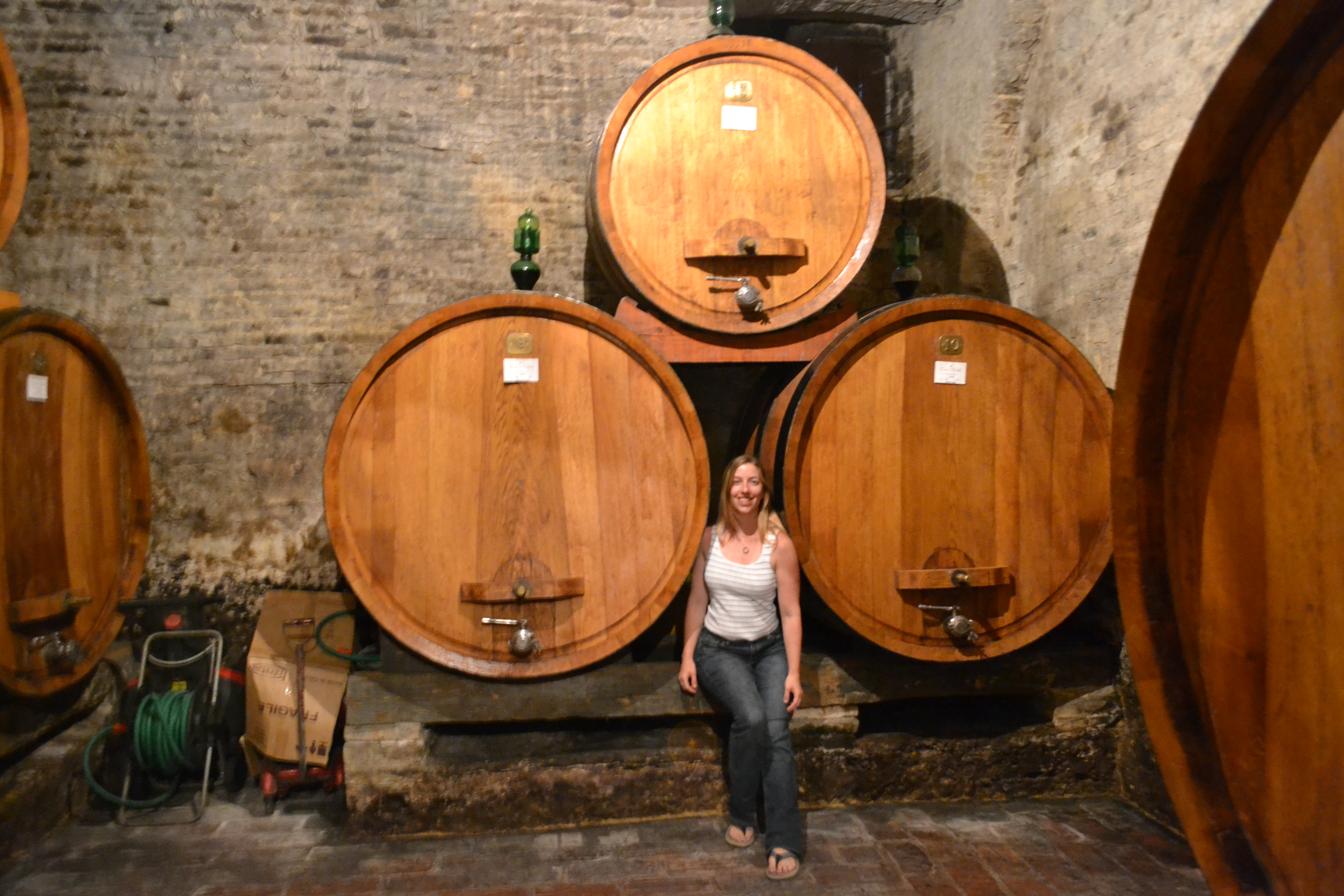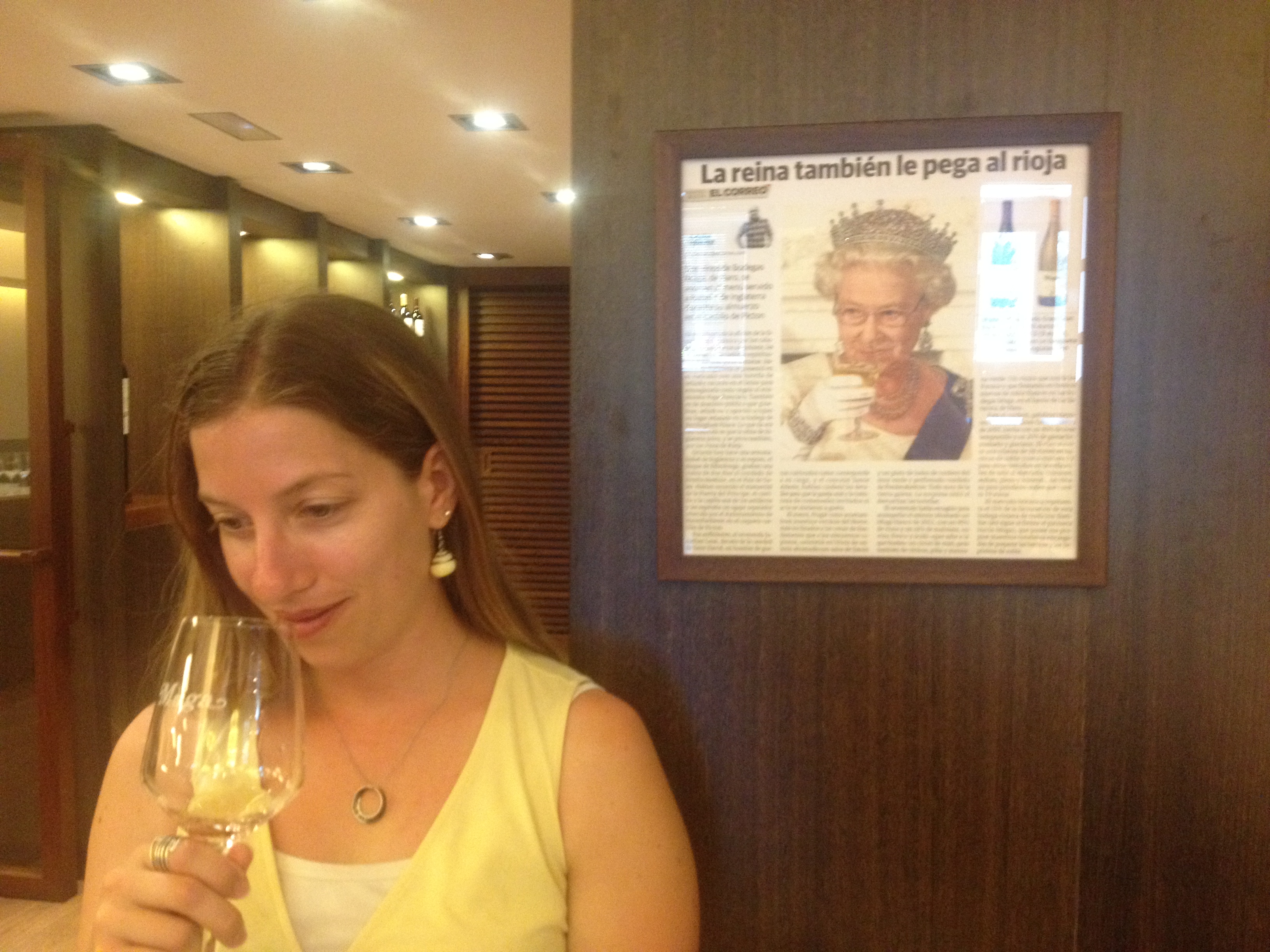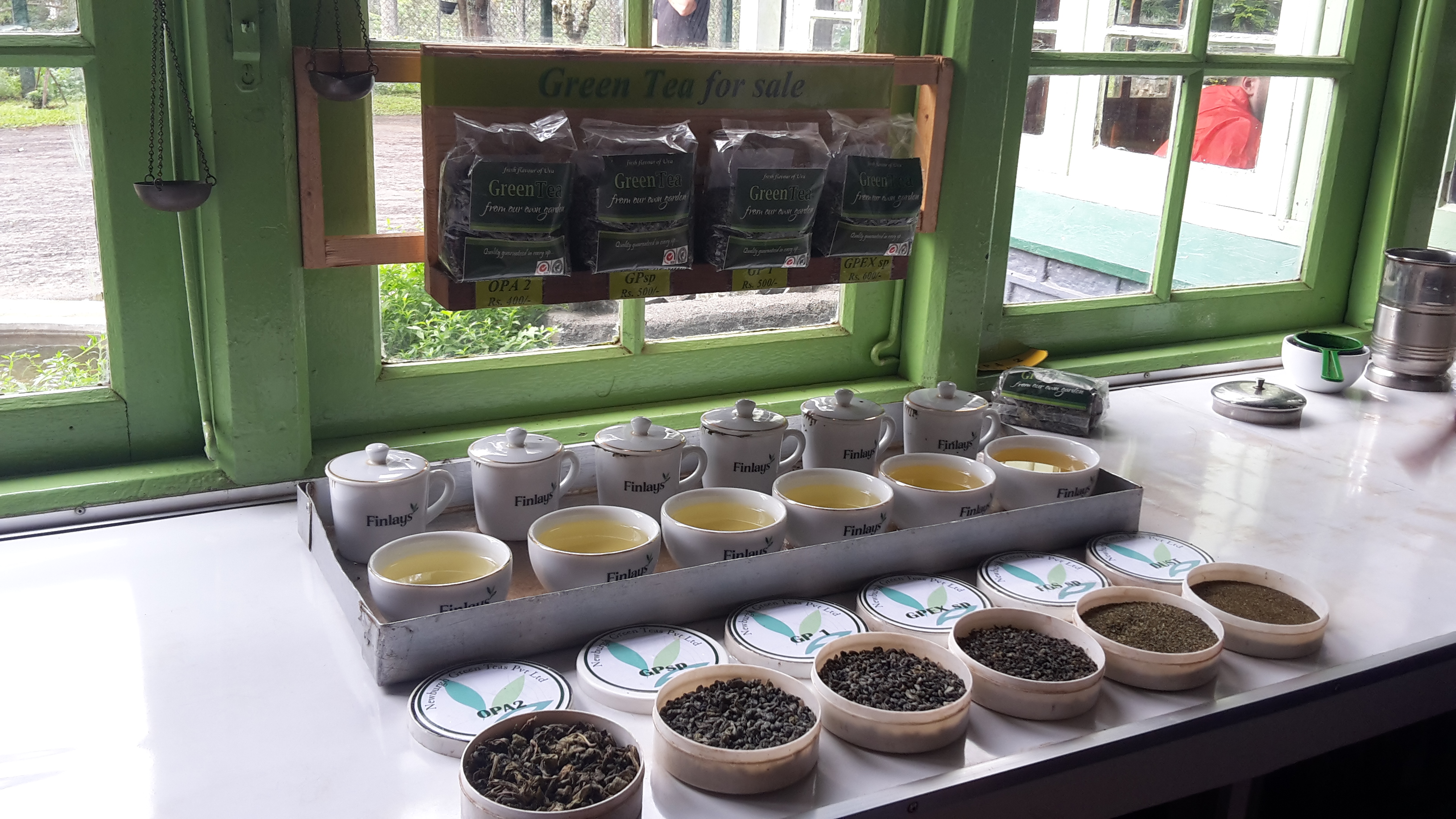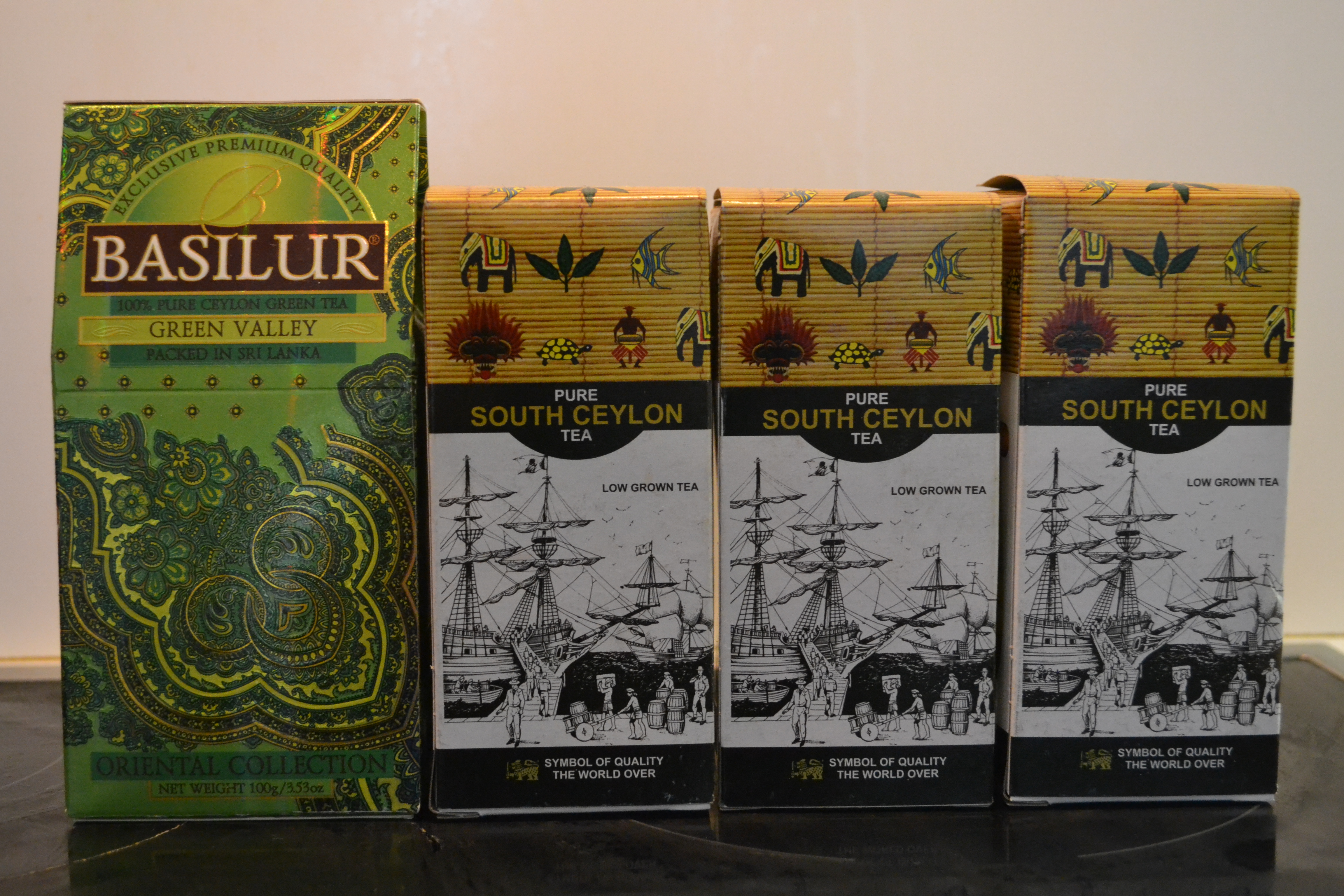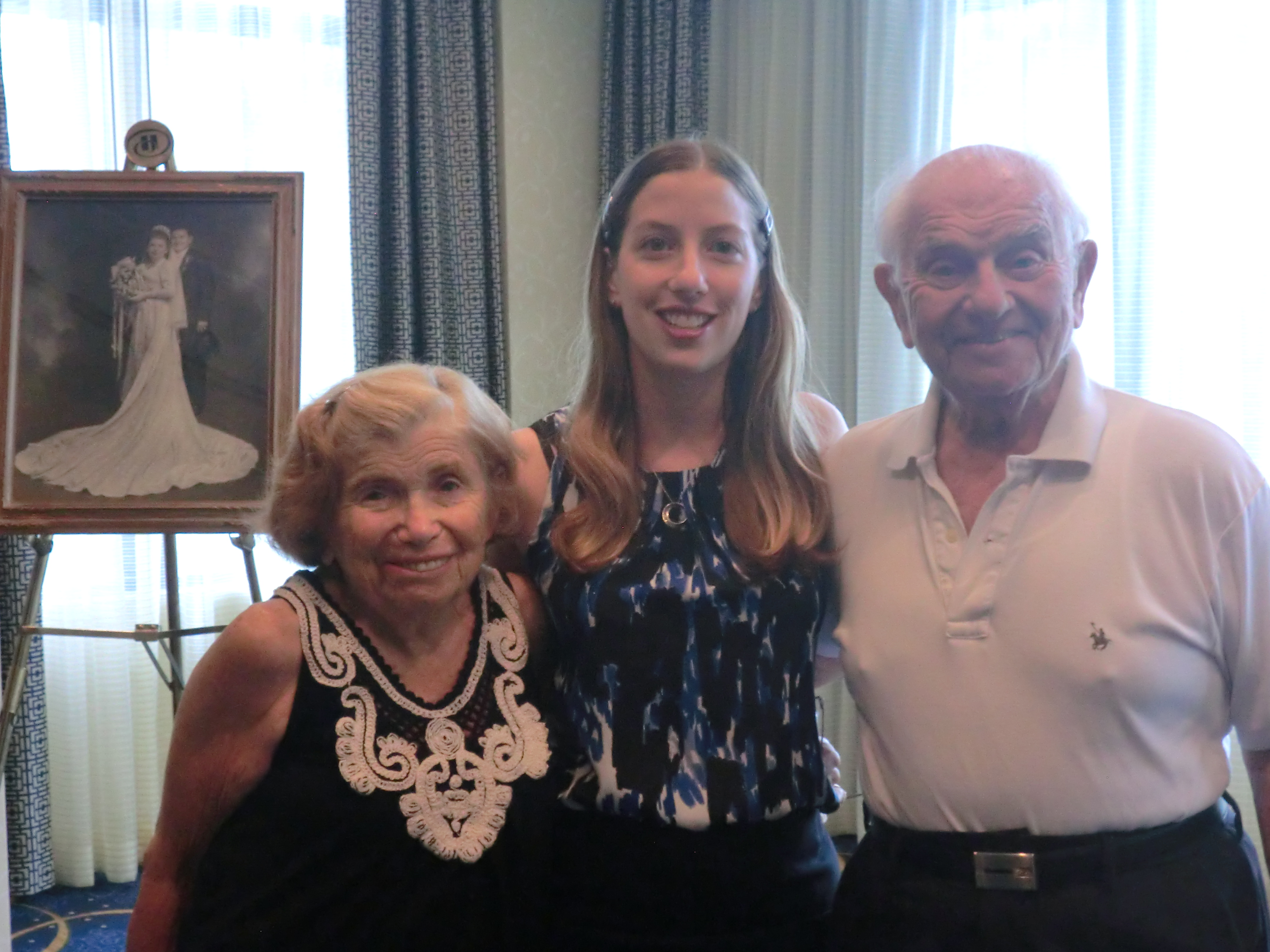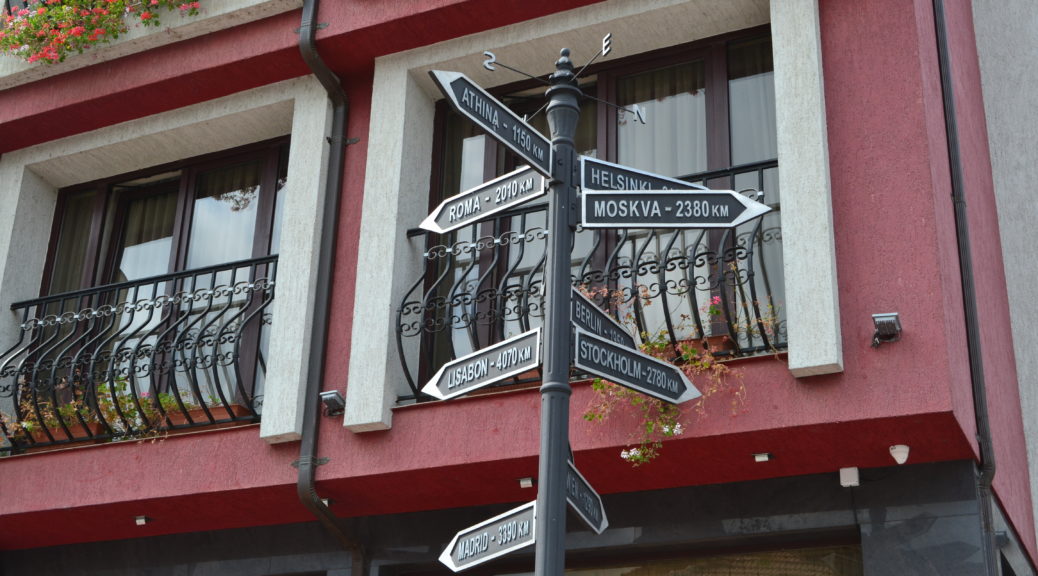
What’s the Big Deal with ‘Country Counting’ Anyway?
I don’t always come into contact with other frequent travelers on the road, and when I do, the topic of ‘country counting’ doesn’t come up. Until last week when I was in Belize and happened to take a day trip to Guatemala with a bunch of frequent travelers, including a pair who worked at a ski resort 6 to 8 months a year and traveled the rest of the time.
Travel blogging doesn’t always lend itself to interviewing or conducting field research, but on the two hour or so drive, I felt like I had an opportunity.
“So, do you know how many countries you’ve been to?”
I tried to pose the question as innocently as possible to the ski resort pair. They didn’t know I was a travel blogger, and I didn’t offer up the information because we were at the beginning of the tour and I didn’t want special treatment from the guide. Although I had already planned to write about ‘country counting’ for the blog.
After a brief moment of thought, one of them suggested, “Maybe somewhere in the 30s?”
I would venture to say that visiting 30+ countries is something not attained by most people. As we passed our passports to the front of the van for processing at the Guatemalan border, theirs bulged with the extra pages displaying all of the places they’ve transited.
But here is the other key piece of information. They didn’t talk about all the countries they’d visited or how many new ones they would see this year, but instead waxed philosophical about how they loved southeast Asia and it was a destination they’d returned to again and again.
This is in stark contrast to the travel blogging world, when someone’s number of countries visited serves as some sort of “street cred” (aka credentials) of how experienced they might be, or perhaps how trustworthy with advice.
When I started out blogging, I noticed it in people’s Twitter or Instagram profile. I followed suit and added it to my Pinterest page description. As you can imagine, there are also travel bloggers that are vehemently opposed to country counting because of what it represents. To each his or her own.
Country goals
There are plenty of people though, from infrequent tourists to backpackers to business travelers, who engage in ‘country counting.’ For some, it’s not a constant tally, but an occasional check-in, depending on the goal.
I’ve heard it all in terms of goals: visiting 30 countries by the age of 30, making it to 2 new countries each year, or just using the number as a motivator to travel more. Apparently there’s even an app for that. Or rather several apps, that typically use a map feature to shade in and track where you’ve visited.
And for the really ambitious, there’s the Travelers’ Century Club (TCC). The TCC was founded in Los Angeles, California in the 1950s and – you guessed it – membership is open to those who have visited 100 or more countries.
Why ‘country counting’ is so complicated
Of course, “been to” or “visiting” can mean many things.
Does transferring at an airport count?
What if you go through customs and leave the airport?
Do you have to spend the night?
Stay for 24 hours?
Have a meal?
By the way, those aren’t random questions. All of them are criteria I’ve heard floated by friends and other bloggers as to what you might have to do for a country to “count.” Or for those counting US states or Canadian provinces or Italian regions as they try to visit each one.
As for me, I only know the number of countries I’ve been to because I sat down and made a list last year, thinking that it would help to mention it to be considered a travel blogging authority. At the time I started the blog, I had been to 45 countries, which I mentioned in my very first welcome post on the blog.
Although interestingly I don’t know – off the top of my head, anyway – how many of the 50 US states I’ve visited, although it’s quite a few. (Maybe I’m somewhere in the 30s?)
Hidden in my number of 54 are a few quick passes through places, like…
- brief jaunts into Montenegro and Bosnia on day trips during my 2007 road trip
- the overnight I spent sleeping at the Kuala Lumpur low-cost airport terminal in 2012, although I did have to get my passport stamped and I exited the terminal once for a brief stroll
- my day trip to visit the ruins at Tikal in Guatemala last week, starting and ending in Belize
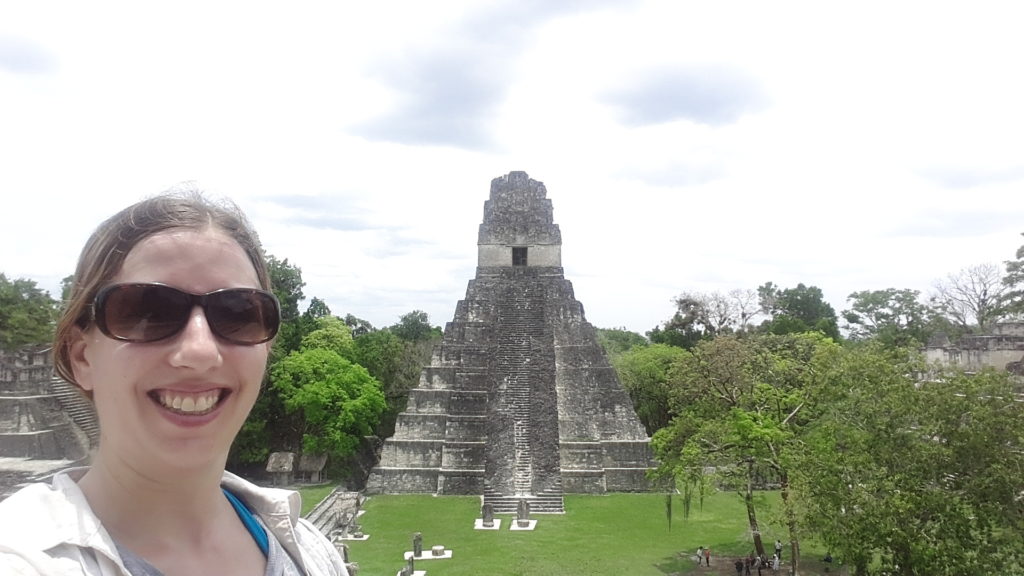
Also hidden in my number, which seems to be toward the high side for bloggers, is the fact that I’ve never been to South America! Although I’ve traveled a bunch in the Caribbean and Central America. And racked up quite a few extra countries while living in Europe and visiting micro-nations like Andorra and Liechtenstein, Luxembourg and San Marino, Monaco and Vatican City.
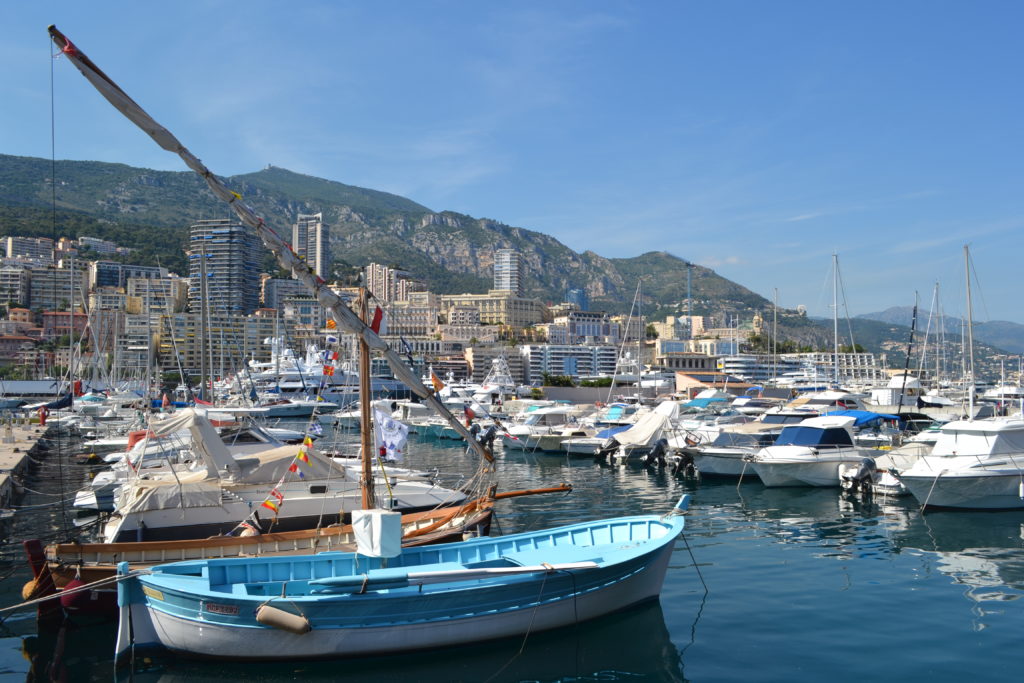
It sure sounds impressive to say that I’ve lived in 4 countries on 4 continents (which is true!) but really I just keep going back to those same continents for travel as well! And no, I don’t count my few days into the Sinai Peninsula of Egypt as visiting Africa, although you might consider that to technically be the case.
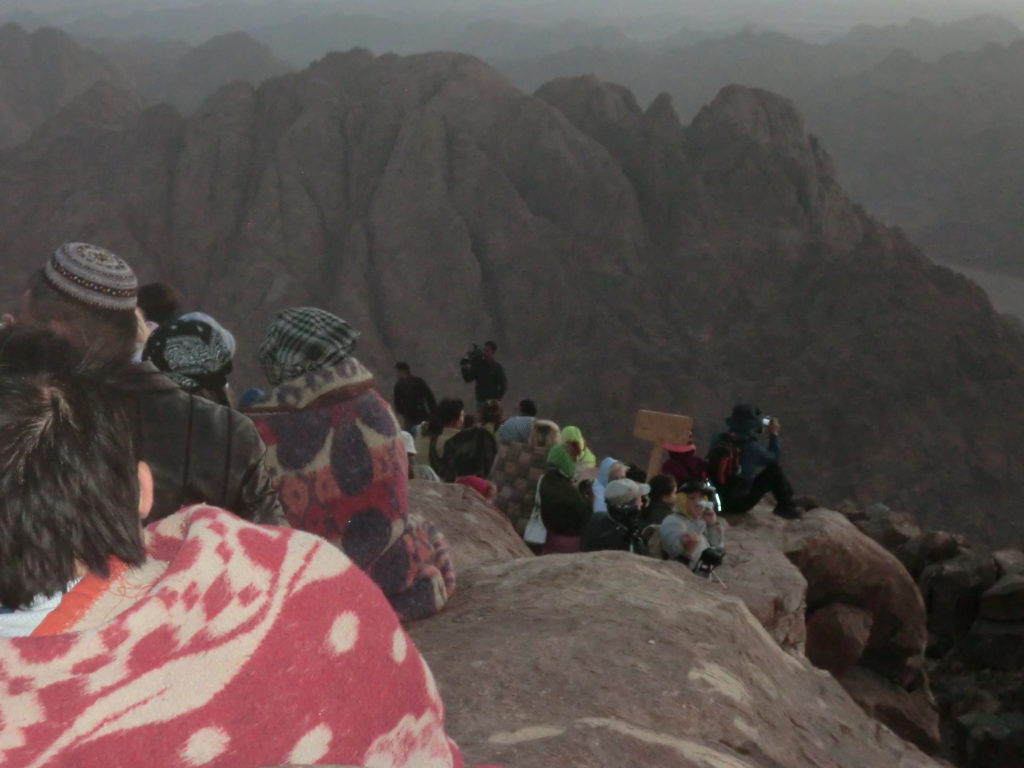
See how complicated this all is?
But wait, here’s the other kicker of a question. How many countries are there in the world?
There are some people who aim to visit every country in the world. Although I’m not one of them, the question of how to know when you’ve visited them all is not so straightforward.
How many “countries” are there?
You would think that knowing how many countries there are would be a simple question, but it is anything but. How to decide?
Probably the first thing most people think of is to consult the United Nations (UN) membership as a guide. There are 193 UN member states. OK, so there is our number: 193.
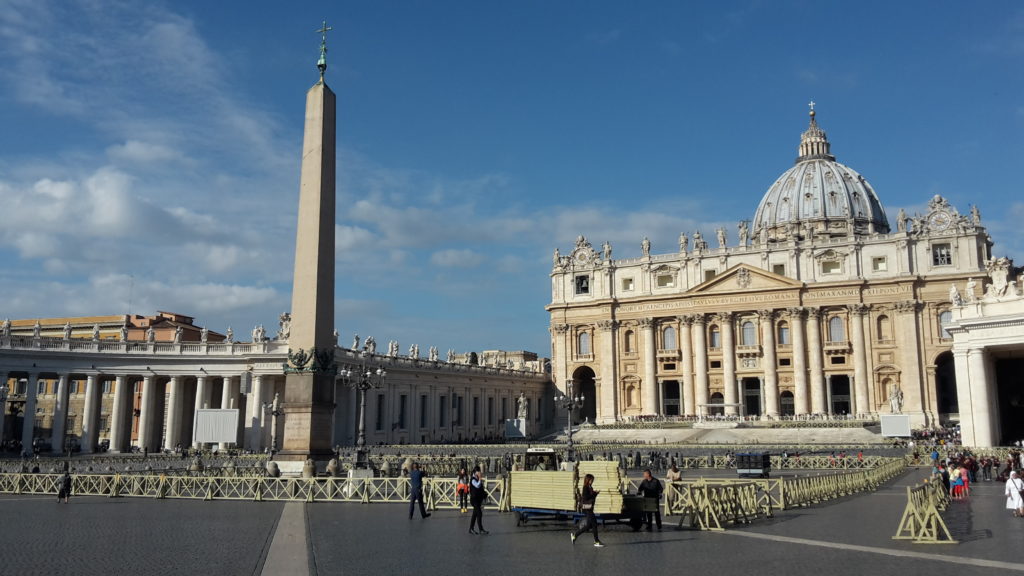
But wait, what about the Holy See (Vatican City, pictured above) and Palestine, both of which have official UN observer status. So, there are 195 countries in the world?
Well, not so fast. Taiwan is not a member of the UN at all, due to ongoing disagreements with mainland China. And certainly most people would consider it a country. New tally: 196.
Or how about Kosovo? Following conflict over its status after the breakup of Yugoslavia, Kosovo declared its independence in 2008, which over 100 countries have recognized. But it is still not part of the UN. And we’re at 197.
There is still Antarctica, which is a continent, but has no country based there. Can you visit a continent without adding to your ‘country count’? Or what about Hong Kong & Macau, which are Special Administrative Regions of China?
Interestingly, the Guinness Book of World Records put the number of “sovereign nations” at 196. The most recent (and fastest) person to achieve the feat of visiting them all, American Cassie De Pecol, brought recent attention to ‘country counting’ with the goal of visiting every country. It took her just over a year and a half.
The TCC country and territory list takes things to a whole new level and lists 325 places! Based on their own definition, of course.
What about me?
Personally, I think you need to clear immigration and step foot in a country for it to count, so by that measure I am technically at 54 countries, although it really feels like 53 since I left the Kuala Lumpur airport oh-so-briefly during my overnight layover. I didn’t actually see or do anything there. Except take this picture:
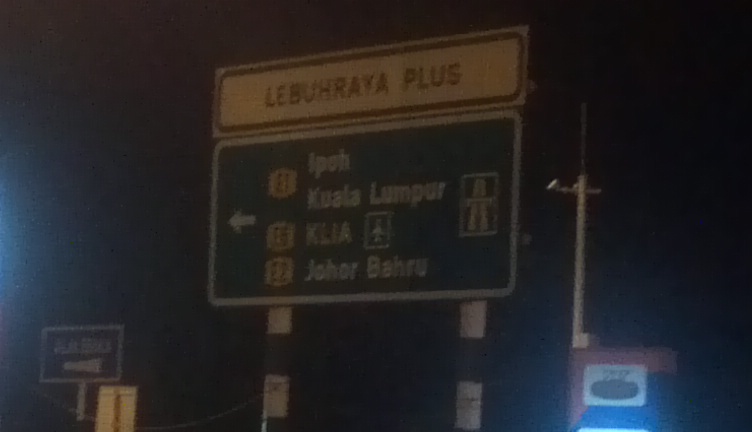
How did my count get so high?
A few factors, really. It was Caribbean vacations with my family & a few well-planned trips over the years that included several countries each & living in Europe for 3 years where things are so darn close together.
“Oh, you lived in Europe for 3 years, you must have been everywhere!”
That’s something I hear a lot, but I didn’t even come close, despite my many trips to micro-nations. I only made one foray during that time into Scandinava (Stockholm for TBEX, a travel blogging conference), and there are other places that lots of people have visited that just haven’t happened for me. At least not yet.
Like Portugal. Or Ireland. Or places I would love to get to this year like Malta & Georgia.
Some would call me well-traveled (and I think I am), but not because of my country count!
Some parting thoughts
What I can say? Yes, I’ve been to a lot of countries. I’m not an expert on everywhere, but I have done enough travel to offer advice and tips on mistakes to avoid and how to do it well. Which is why I started a blog =)
For the places I have been, I typically do a fair bit of research before going. Then I take good notes on what I’ve seen, done & enjoyed, and can share my best tips for those destinations with you!
And this whole ‘country counting’ business? I like numbers, and it’s certainly something interesting to think about for your own travels. But at the end of the day I’m much more concerned with what type of travel someone has done than how many places they’ve visited necessarily.
- Did you savor great street food, seek out haute cuisine, or eat what’s most convenient at the moment?
- Did you plan ahead of time or travel spontaneously?
- Did you join organized tours or do your own thing?
- Did you visit places where you know locals or went somewhere you have no connection?
These are some of the many ways to frame travel, and they’re certainly not mutually exclusive. I travel in lots of varied ways depending on the destination, budget, and my traveling companions. There is no one right method, although in its own way my number does tell a story – of the clustered travel I’ve done around countries where I’ve lived, and how much of the world is still left for me to explore.
A particular travel count is not a goal of mine. (It never even occurred to me to try to visit 30 countries by the time I turned 30!)
And I don’t know that I’ll want to go to every country someday like some of those world record holders.
But I do want to explore new places, re-visit places I’ve been and loved, and take some travel savvy with me when I go.
Happy travels!
Lana
~~~~~~~~~~~~~~~~~~~~
Do you know your country count? Or your count of provinces or states where you live? What does it mean for you and your travel? What do you need to do in a place for it to make it onto your list?
And do you have any goals around your country count? Like visiting 40 countries by the time you’re 40…or 100 countries in your lifetime? I want to hear all about it!
Like this post? ‘Pin it’ on Pinterest.
